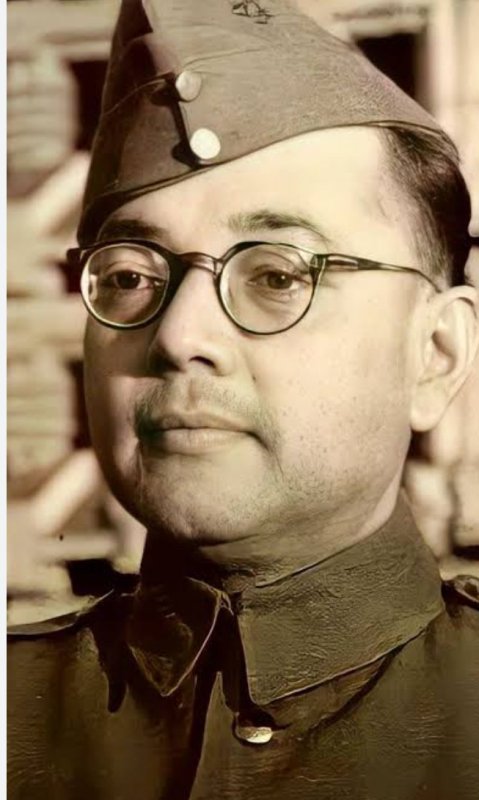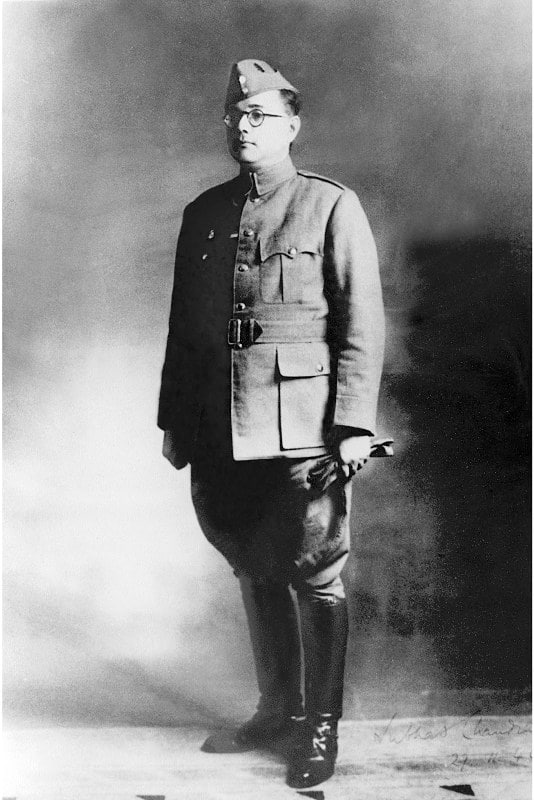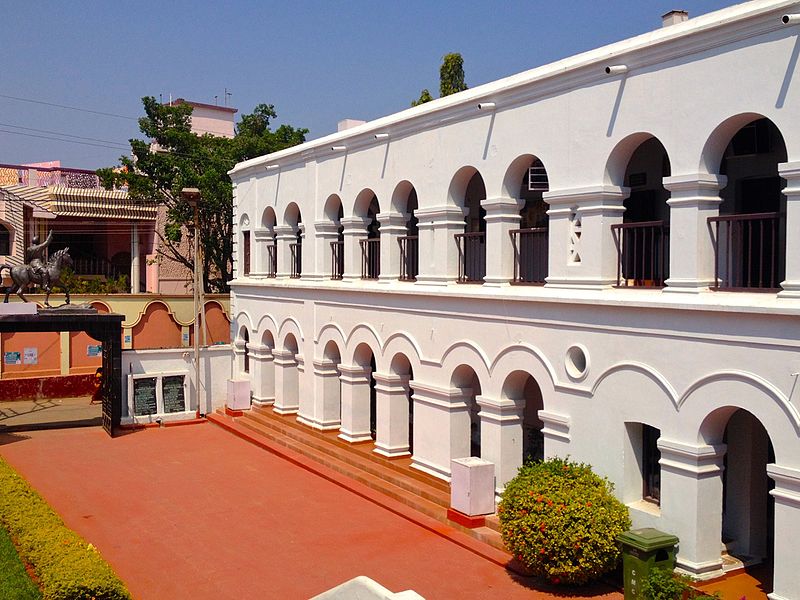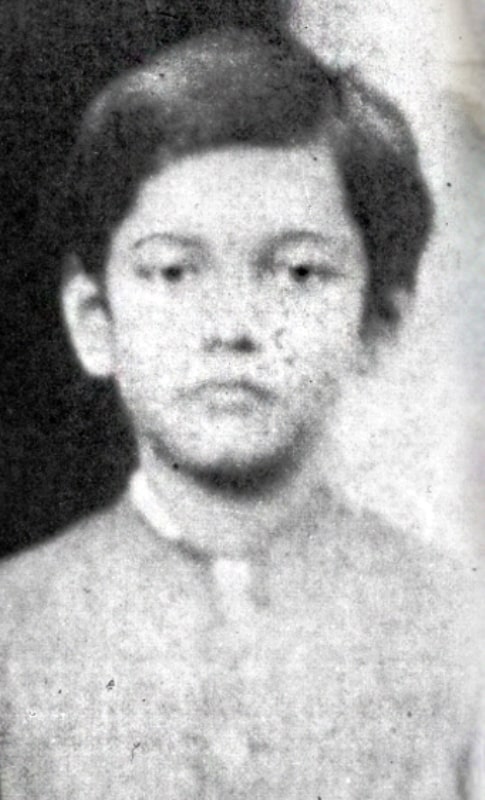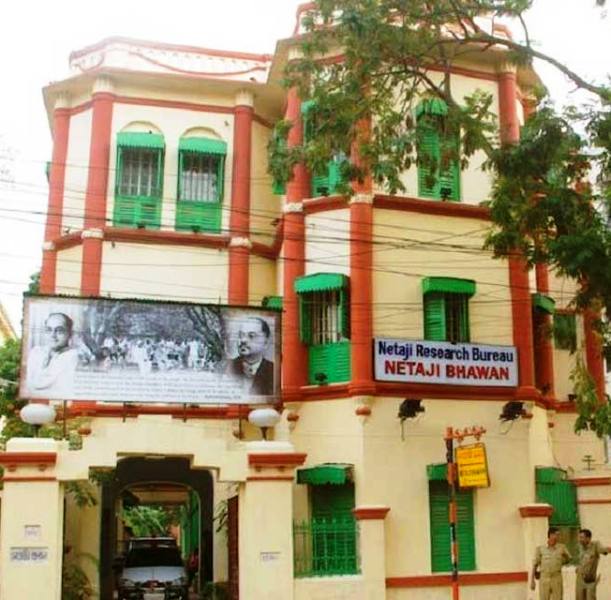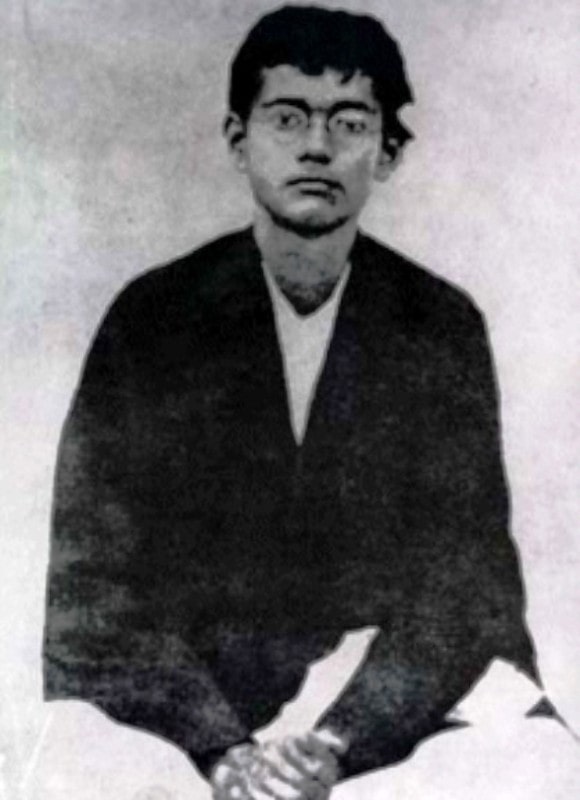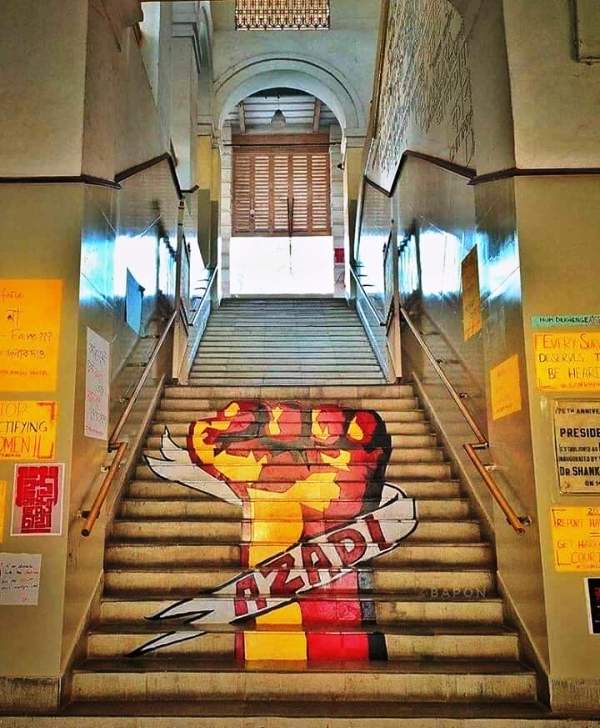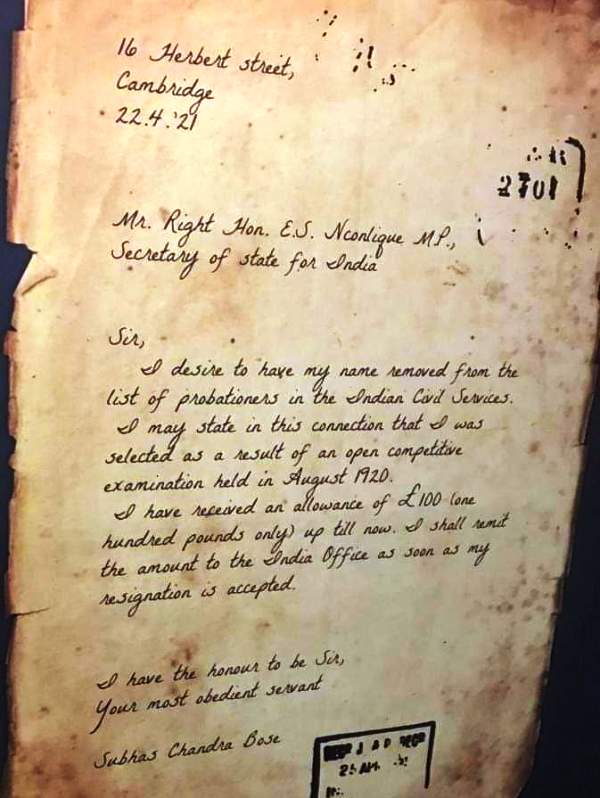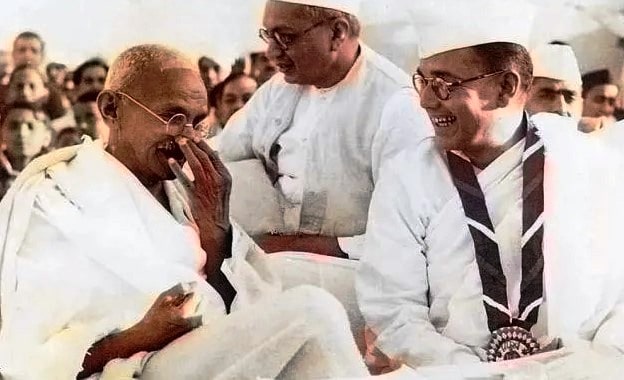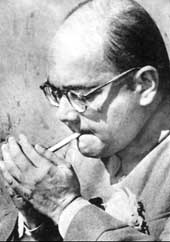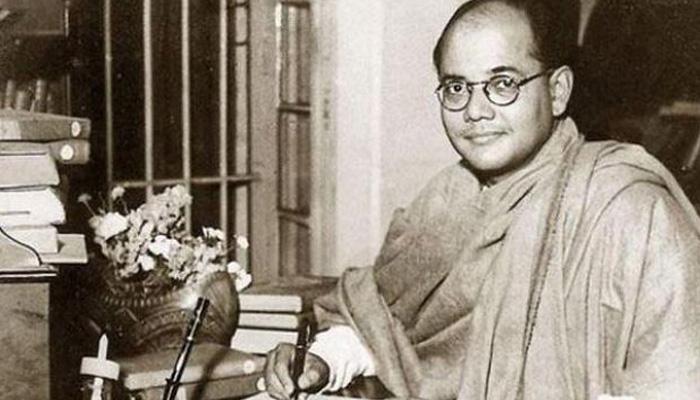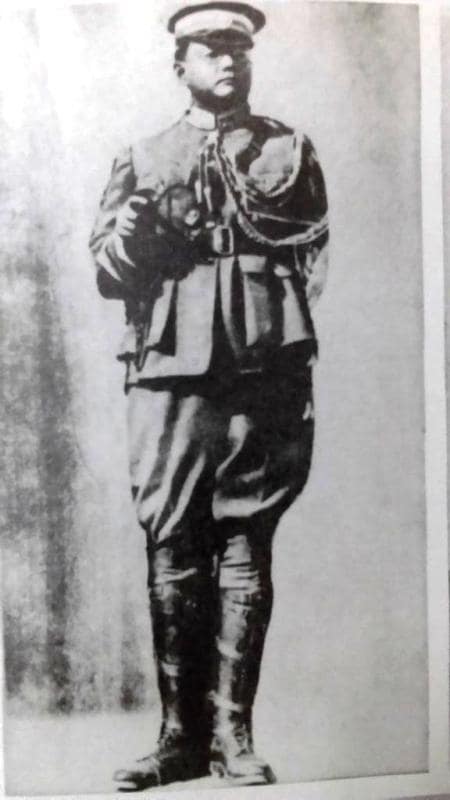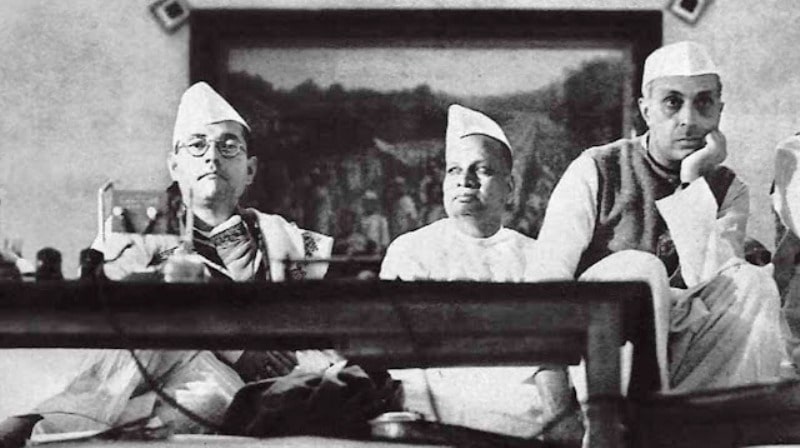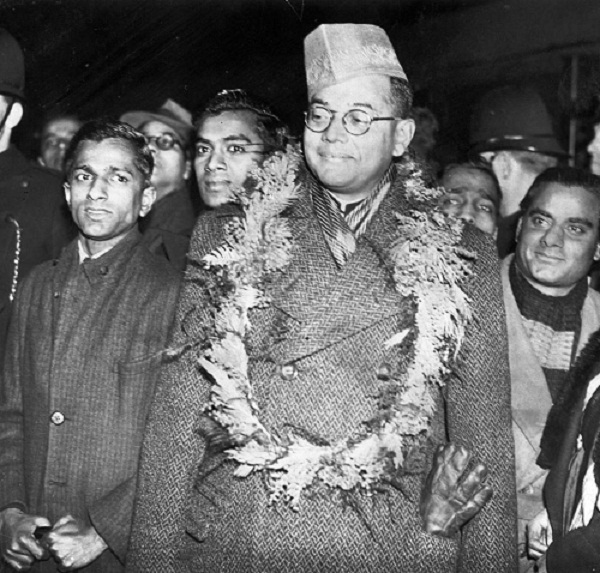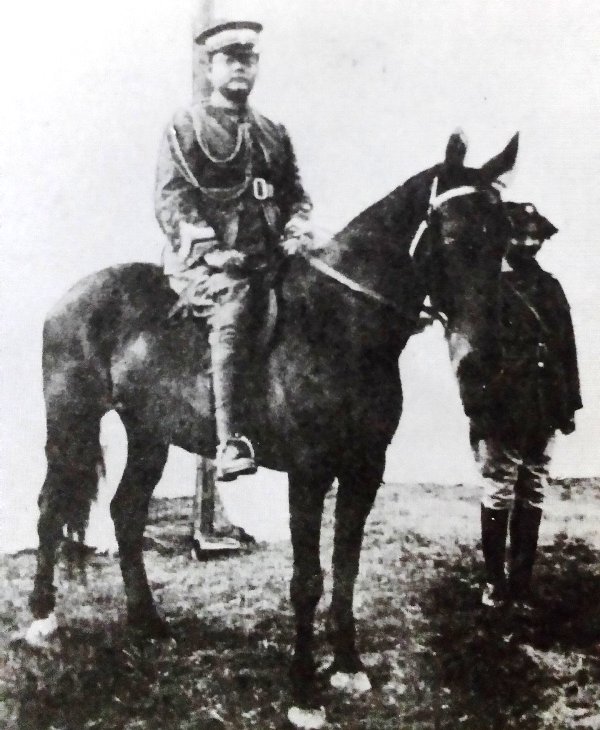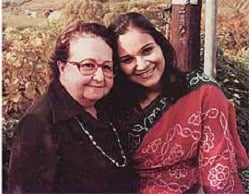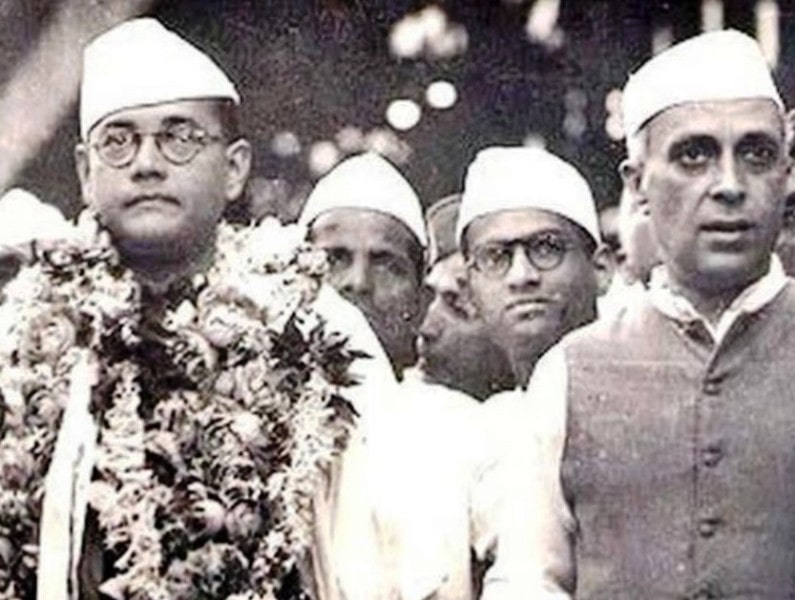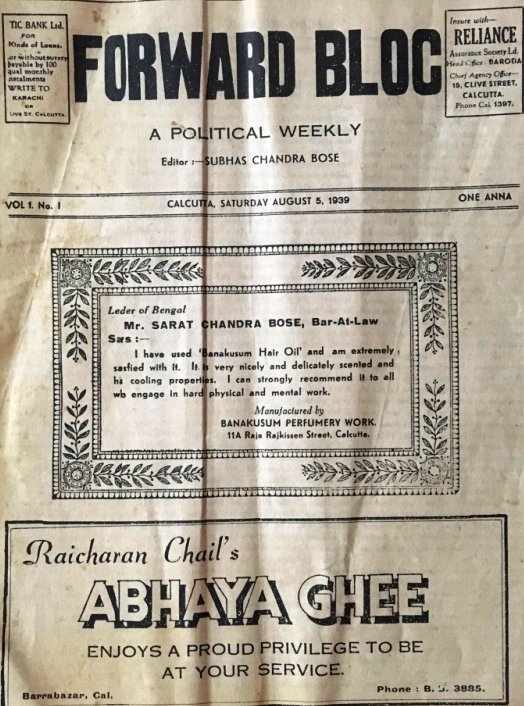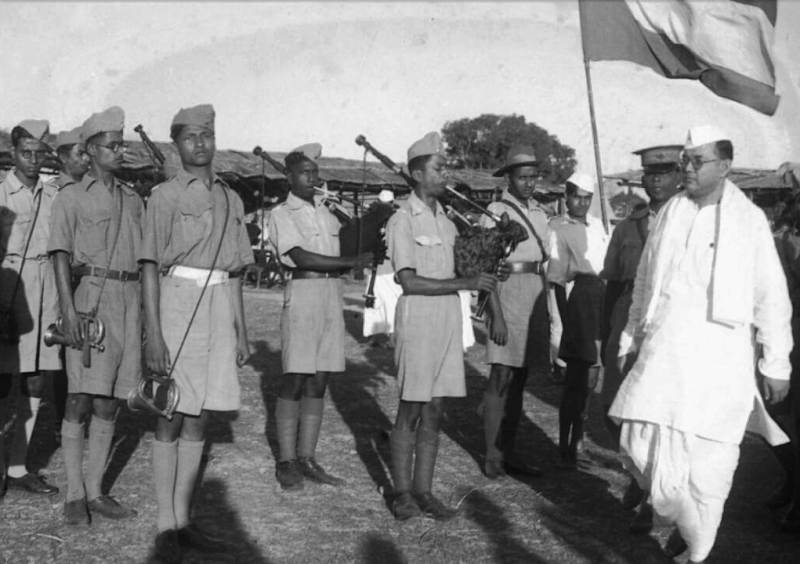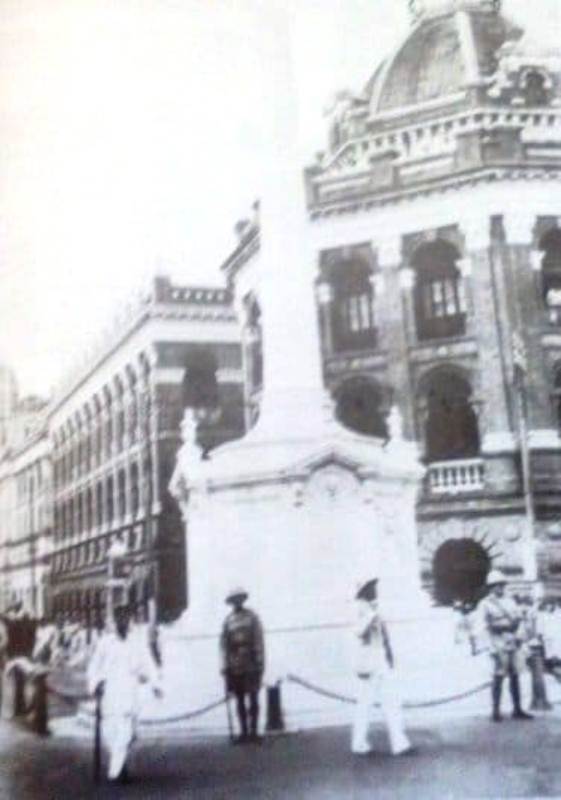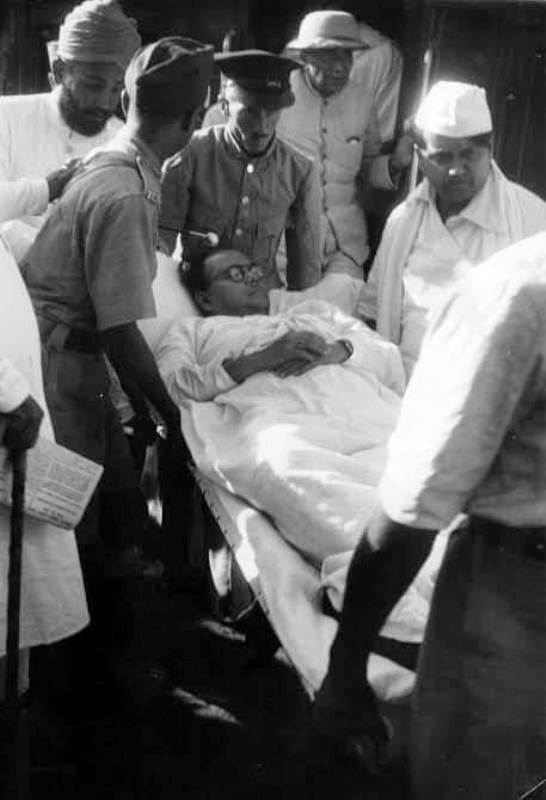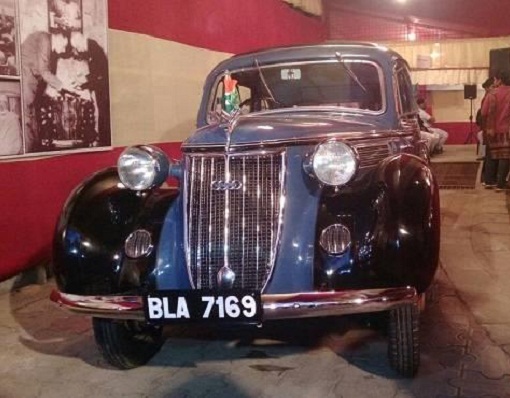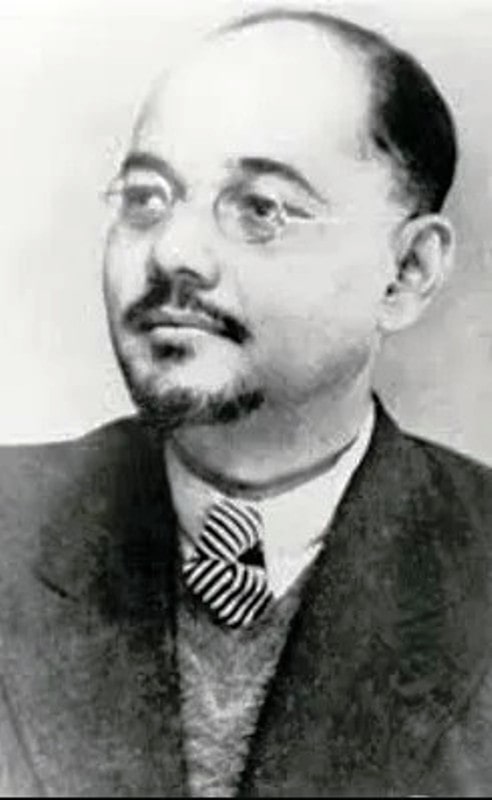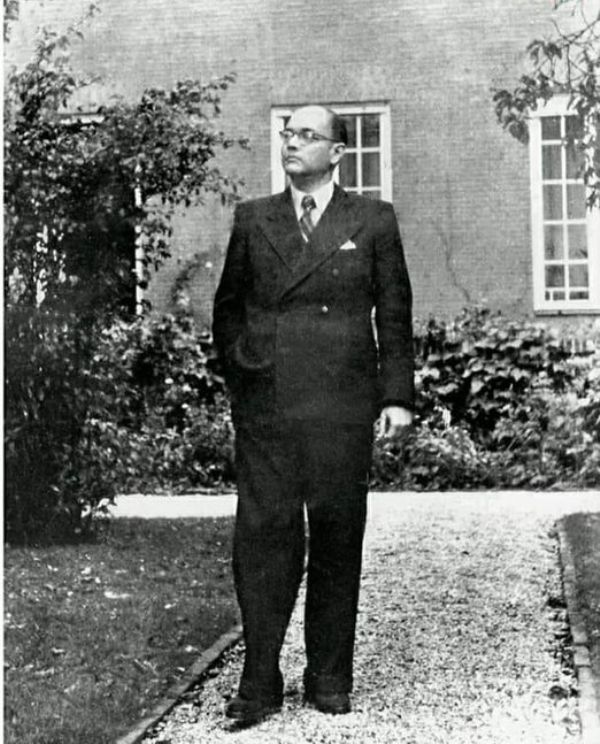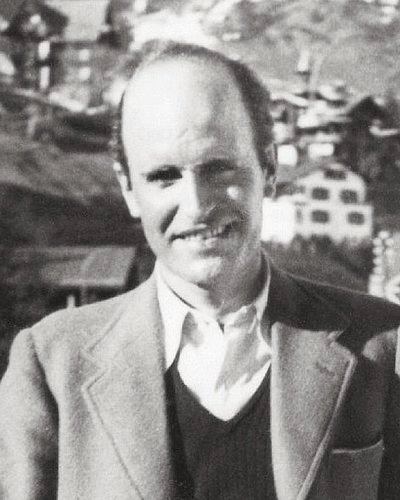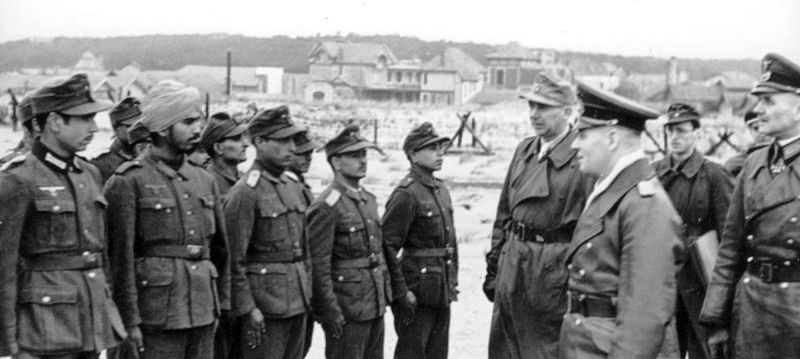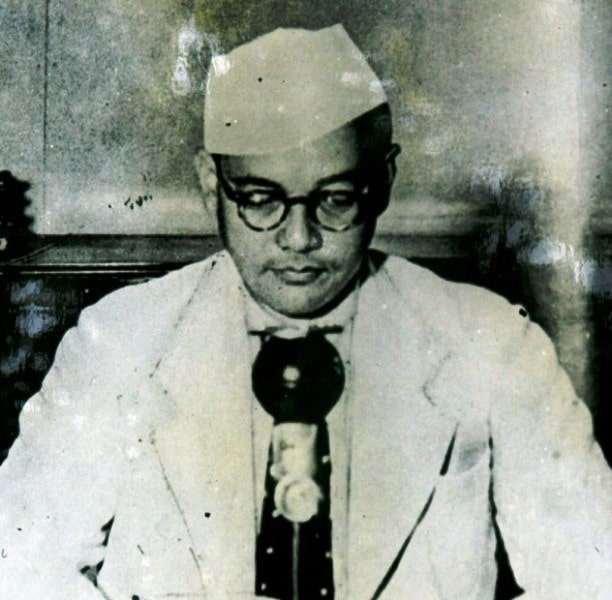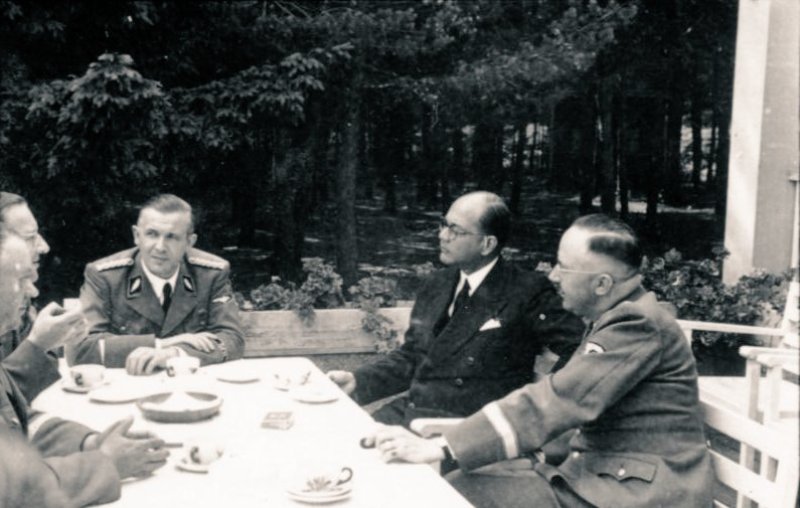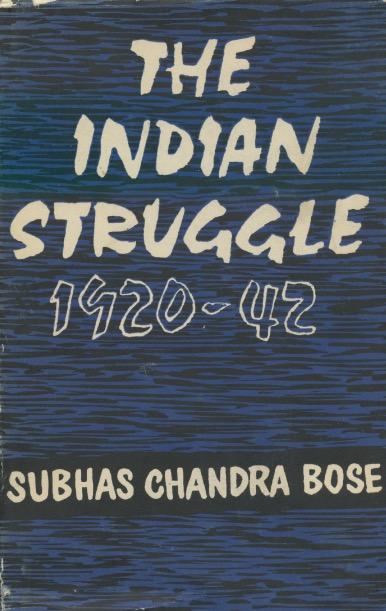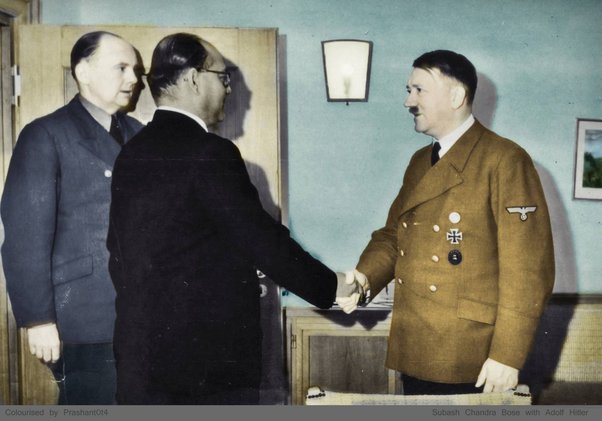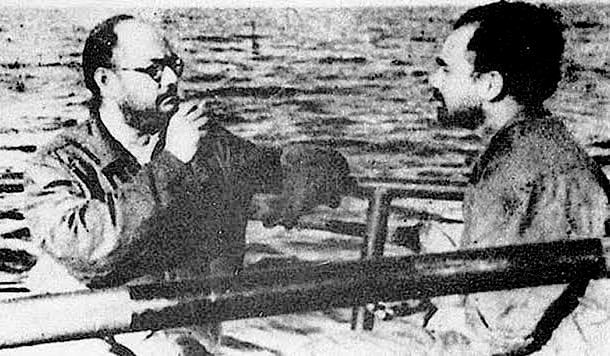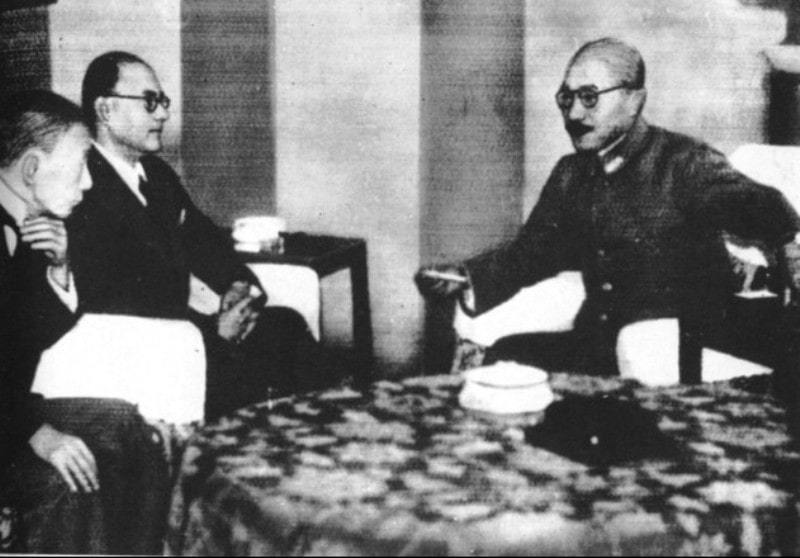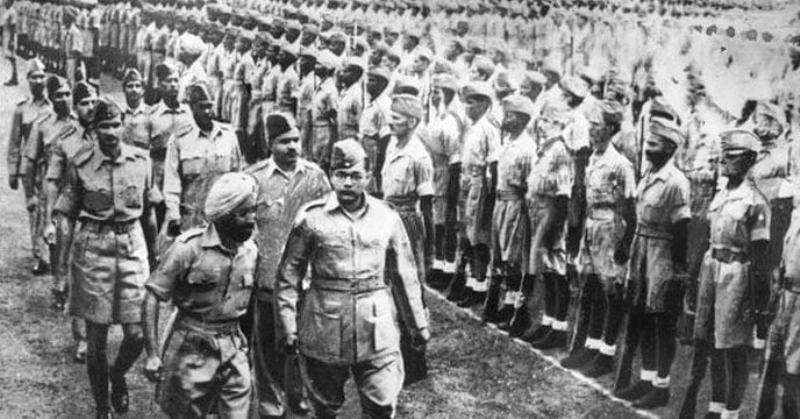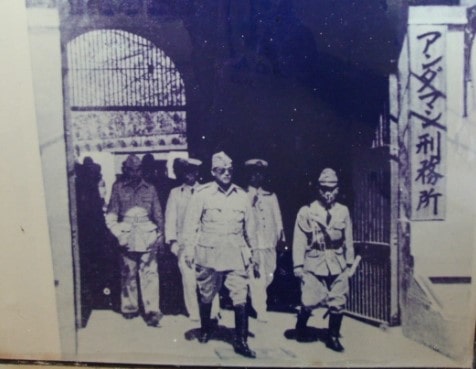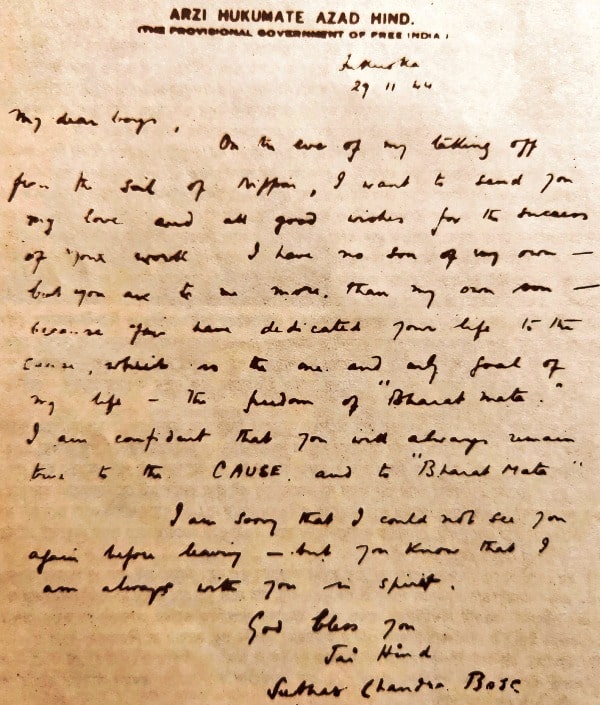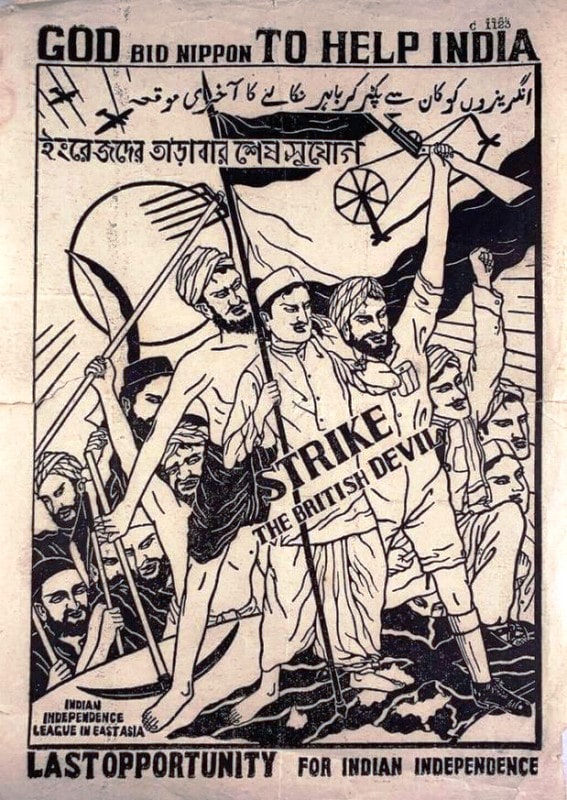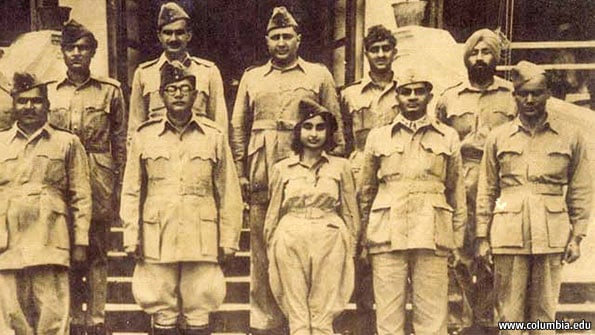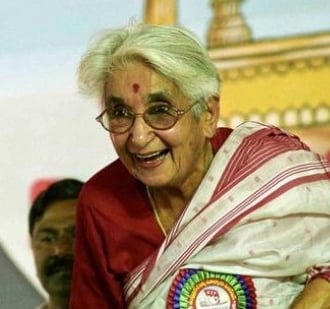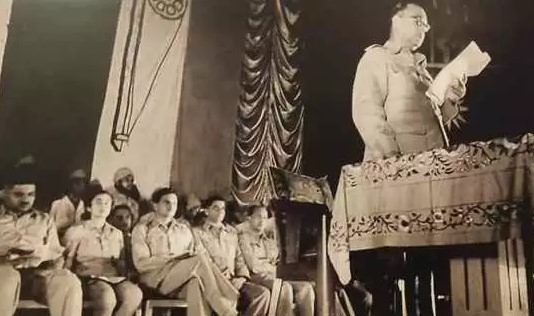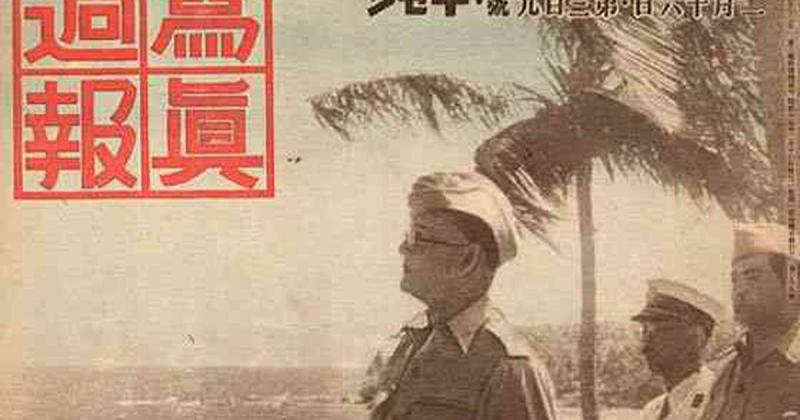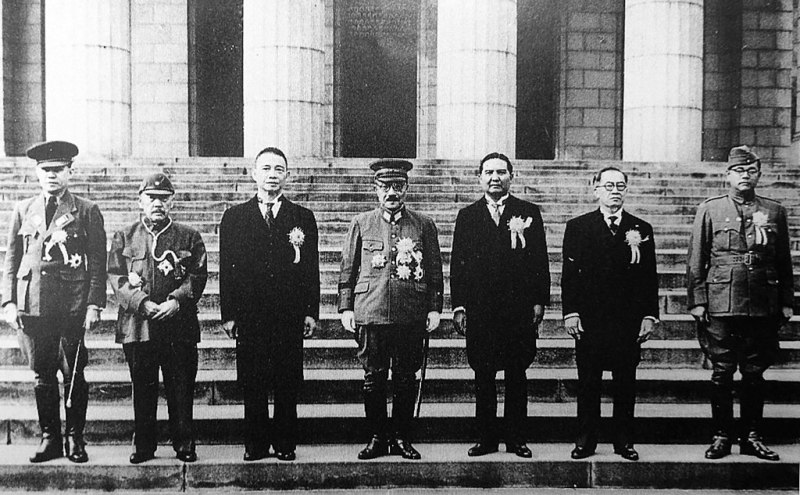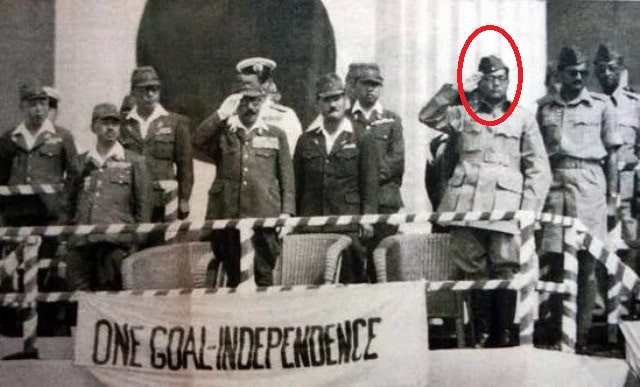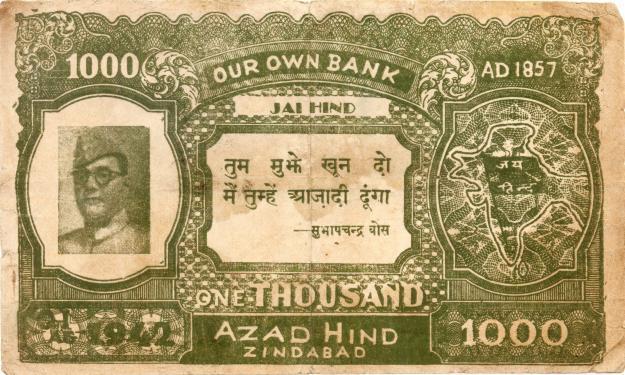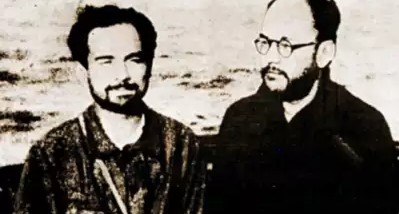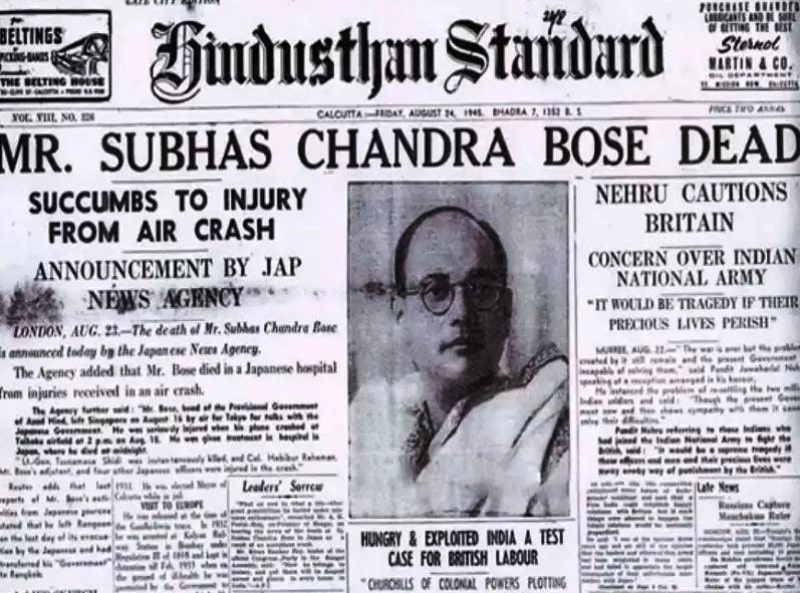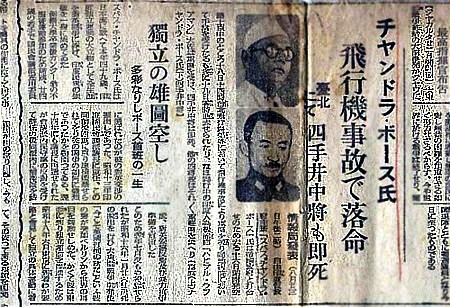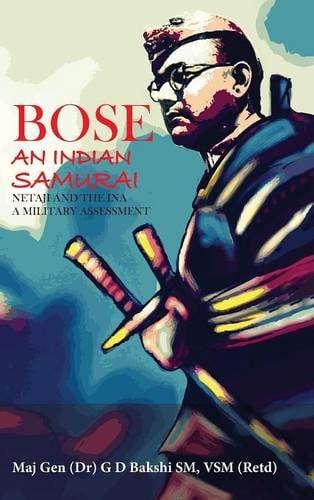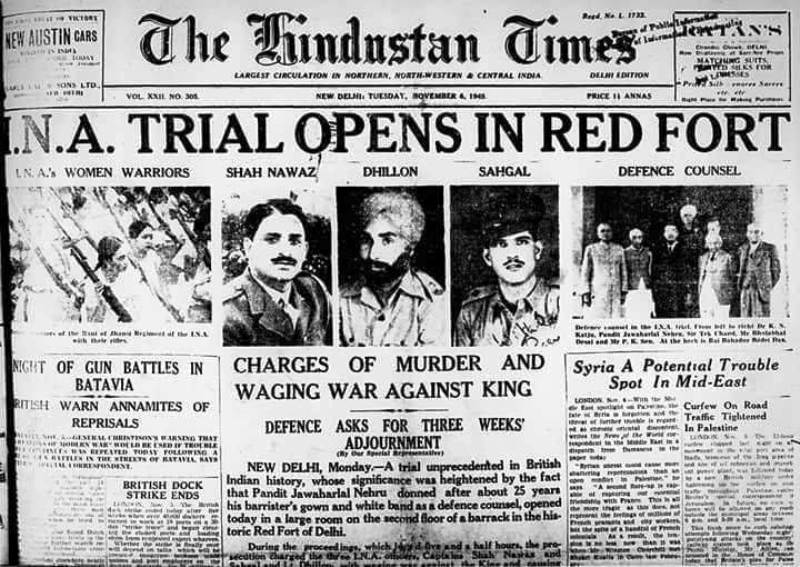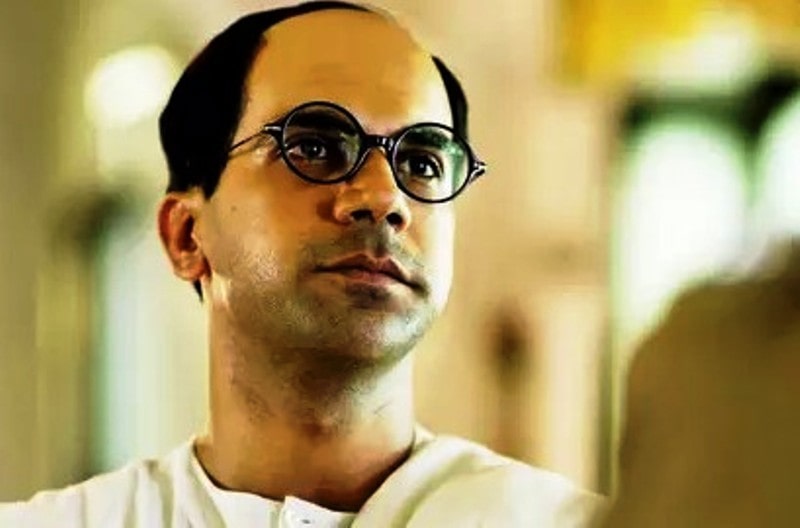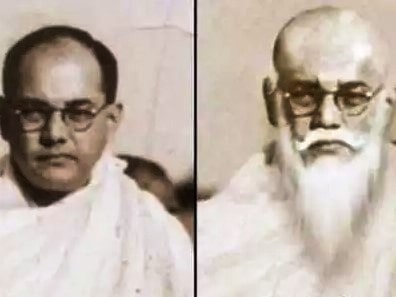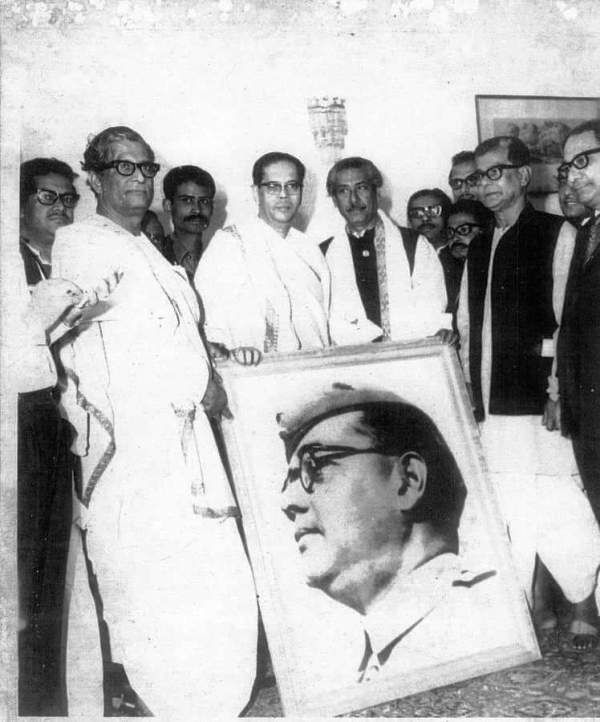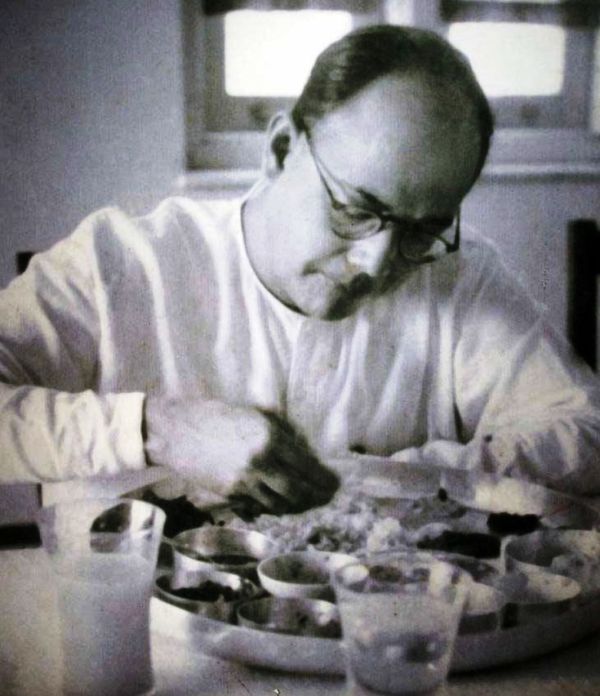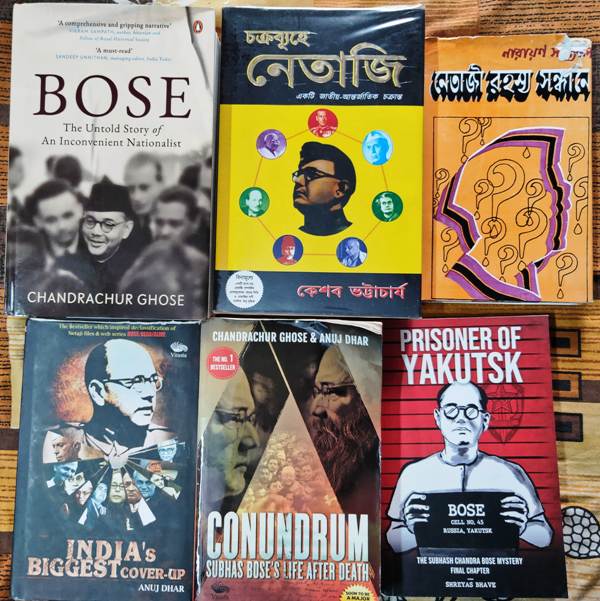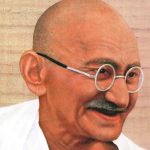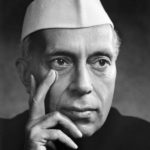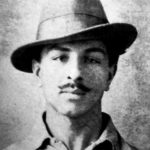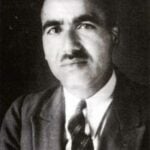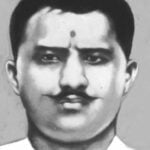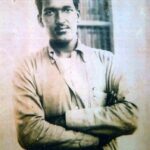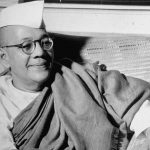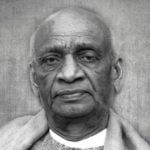Subhas Chandra Bose Age, Death, Wife, Children, Family, Biography & More
| Bio/Wiki | |
|---|---|
| Other name | Subhash Chandra Bose |
| Names earned | • Netaji • Prince among the Patriots |
| Nickname | Rangakakababu [1]Telegraph India |
| Profession(s) | Former Indian Civil Servant, Politician, Freedom Fighter, Military Leader |
| Famous for | • Being one of the most well-known Indian freedom fighters • Being the founder of the All India Forward Bloc • Being the Commander-in-Chief of the Indian National Army |
| Physical Stats & More | |
| Height (approx.) | in centimeters- 180 cm in meters- 1.80 m in feet & inches- 5’ 11” |
| Weight (approx.) | in kilograms- 70 kg in pounds- 154 lbs |
| Eye Colour | Dark Brown |
| Hair Colour | Black (semi-bald) |
| Politics | |
| Political Party | • Indian National Congress (1921 - 29 April 1939) • All India Forward Bloc (3 May 1939 - 18 August 1945) 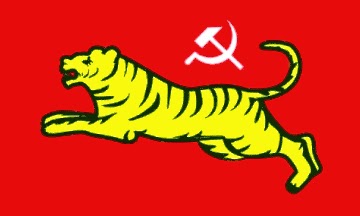 |
| Political Journey | • President of All India National Congress (1923) • Secretary of Bengal State Congress (1923) • General secretary of the Congress (1927) • Mayor of Calcutta (1930) • Elected as the President in the Haripura Congress Session (October 1938) • Elected as the President for the second time Tripuri Congress Session (October 1939) • Resigned from the INC (29 April 1939) • Founded the All India Forward Bloc (3 May 1939) |
| Legacy | • Stamps of Bose issued by the Indian government (1964, 1993, 1997, 2001, 2016, 2018, 2021)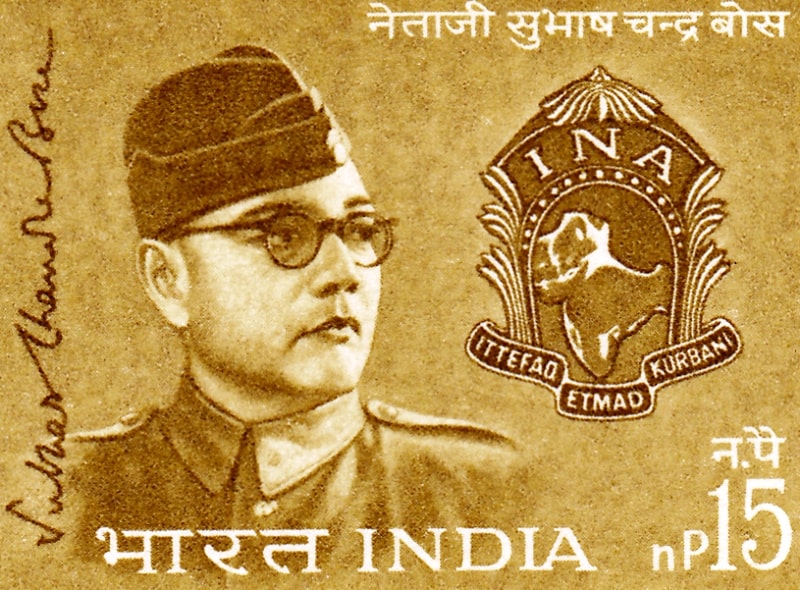 • Several metro stations in different states have been named after him 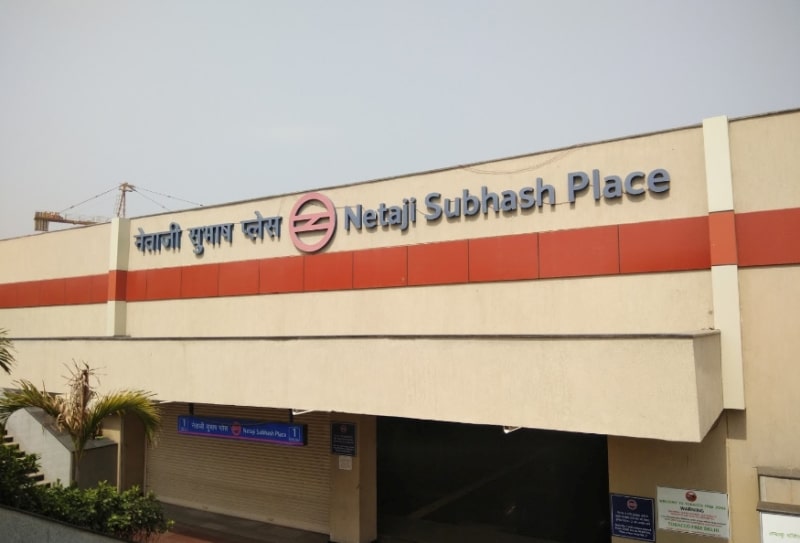 • Kolkata Airport renamed as Netaji Subhas Chandra Bose International Airport (1995) 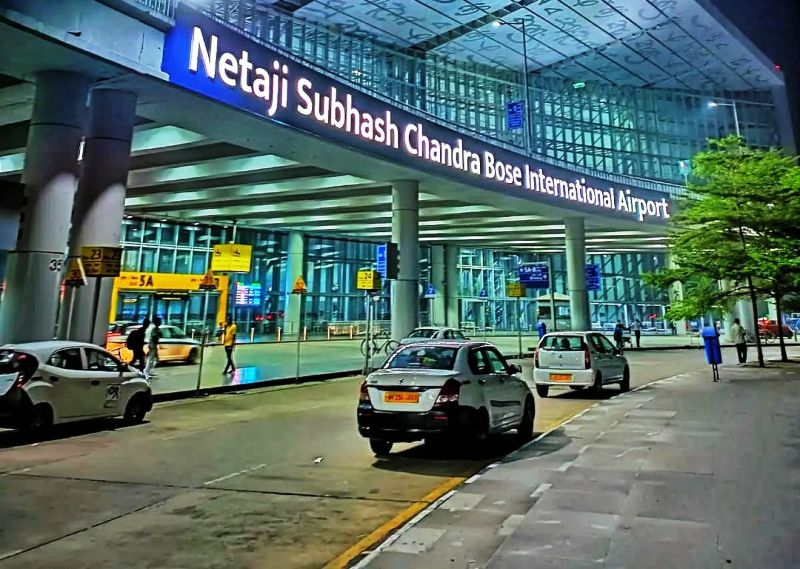 • Featured on Rs. 2 coin (1996, 1997) 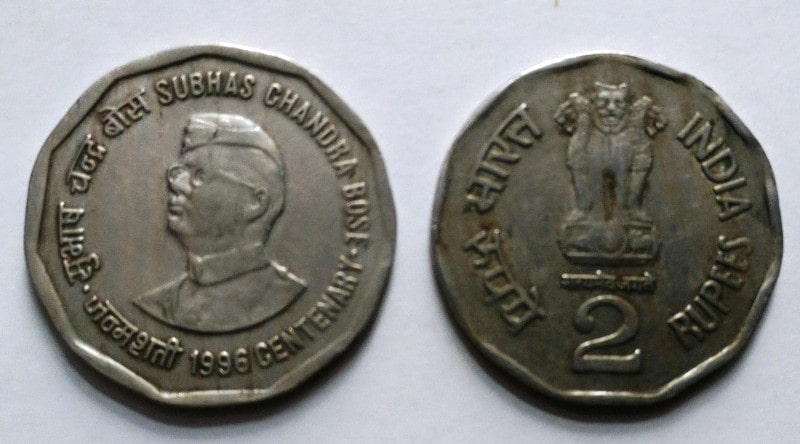 • Gomoh Junction renamed as Netaji Subhas Chandra Bose Gomoh Railway Station (2009) 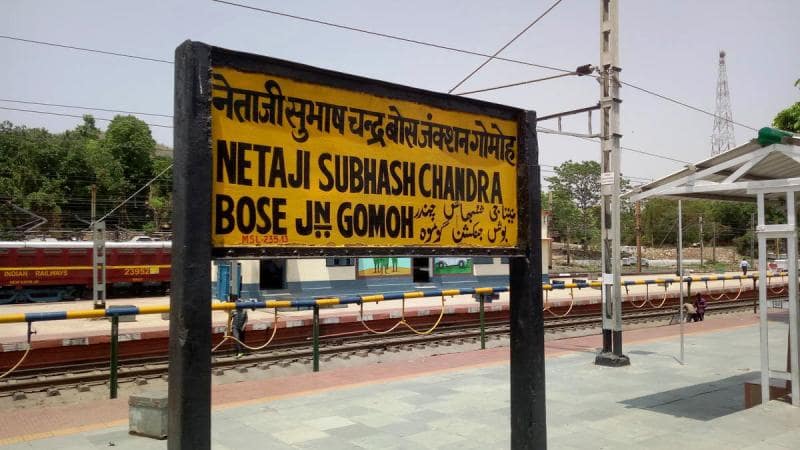 • Odisha government constructed Netaji Subhas Chandra Bose Setu (a 2.88 kilometer long bridge) (19 July 2017) 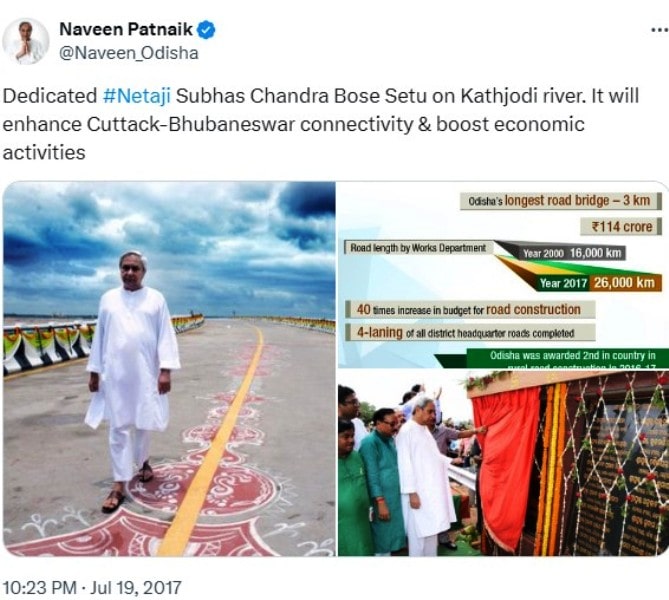 • Featured on Rs. 75 coin (2018) 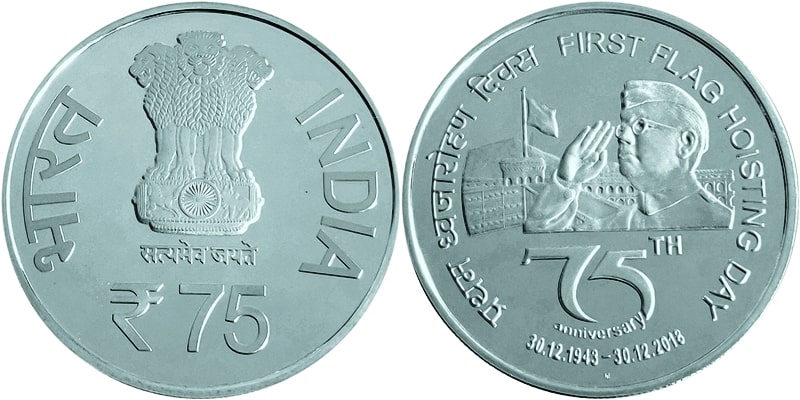 • Ross Island in Andaman was renamed to Netaji Subhash Chandra Bose Island (December 2018) 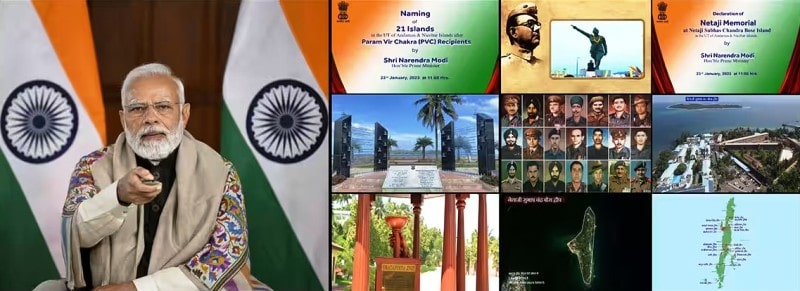 • Museum established by Indian government at the Red Fort (2019) 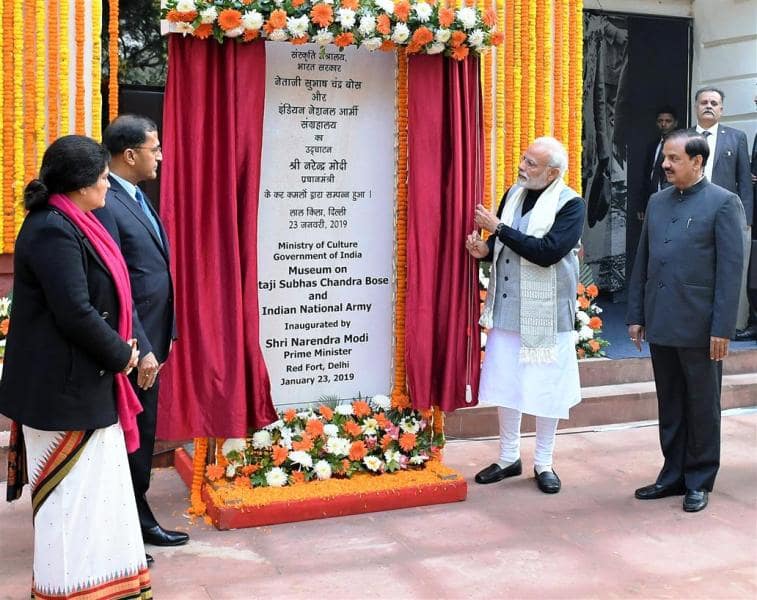 • Featured on Rs. 125 coin (2021) 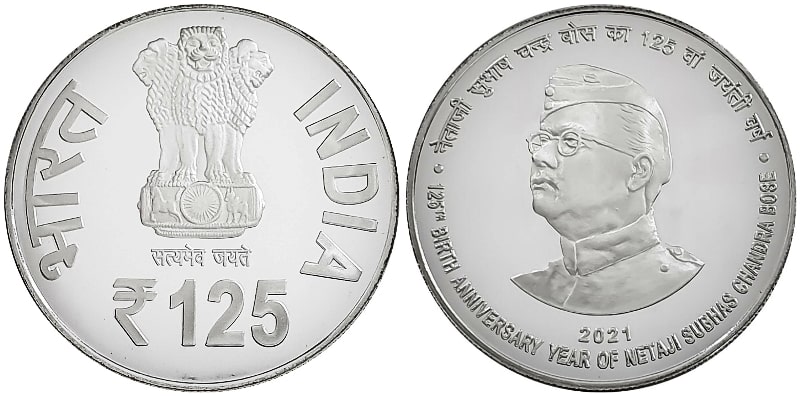 • Birth anniversary declared as Parakram Diwas by Indian government (2021) • Kalka Mail renamed as Netaji Express (23 January 2021) • Subhas Chandra Bose Aapda Prabandhan Puraskar constituted by the Indian government excellent work in Disaster Management (2022) • 28 feet tall statue of Netaji at India Gate established by the Union government (2022)  • Cuttack Netaji Bus Terminal in Odisha opened by the state government (2023) 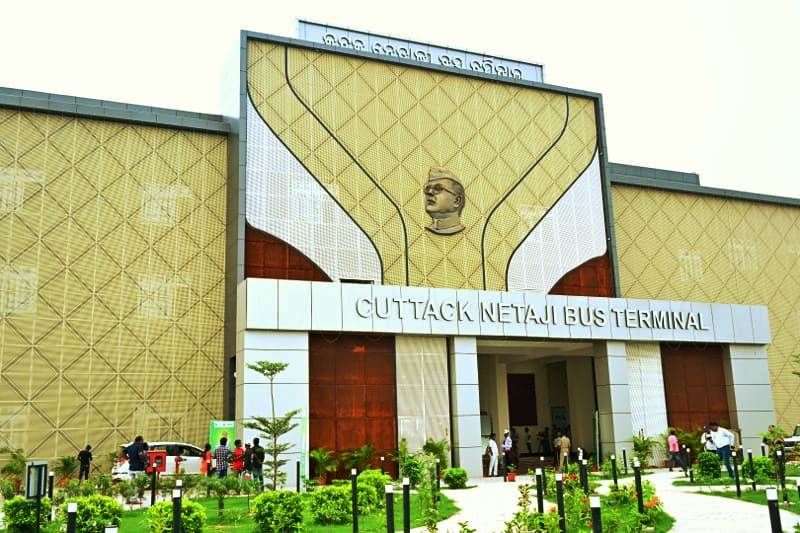 |
| Famous Slogans | • "तुम मुझे खून दो मैं तुम्हें आजादी दूंगा" (Give me blood, I shall give you freedom) • "Jai Hind" • "Dilli Chalo" • "Ittefaq, Etemad, Qurbani" • "Freedom is not given, it is taken" • "It is our duty to pay for our liberty with our own blood" |
| Personal Life | |
| Date of Birth | 23 January 1897 (Saturday) |
| Birthplace | Cuttack, Bengal Presidency, British India (now Odisha, India) |
| Date of Death | 18 August 1945 (rumoured) |
| Place of Death | Taihoku Prefecture, Japanese-occupied Taiwan (now Taipei, Taiwan) |
| Age (at the time of death) | 48 Years |
| Death Cause | Cardiac arrest after sustaining third-degree burns due to a plane crash (unconfirmed) [2]The Indian Express |
| Zodiac sign | Aquarius |
| Signature |  |
| Nationality | British Indian (1897-1945) |
| Hometown | Cuttack, Odisha |
| School | • Baptist Mission's Protestant European School, Cuttack (now known as Stewart School) (1902–1909) • Ravenshaw Collegiate School, Cuttack (1909–1912) |
| College/University | • Presidency College (now known as Presidency University), Calcutta (1912 - till his suspension on 15 February 1916) • Scottish Church College, Calcutta (20 July 1917 - 1919) • Fitzwilliam Hall (now known as Fitzwilliam College), University of Cambridge, England (1919–1921) |
| Educational Qualification(s) | • BA in Philosophy from Scottish Church • BA in Mental and Moral Sciences Tripos from Fitzwilliam Hall |
| Religion | Hinduism [3]The Hindu |
| Caste | Kayastha |
| Food Habit | Non-vegetarian [4]ABP |
| Hobbies | Reading, Writing |
| Controversies | Bose has often received criticism for being anti-Jews and being a fascist for his close association with the Nazi regime in Germany and Italy. He has also criticized by many historians and politicians for seeking help with from Imperial Japan, which was involved in many human right violation instances. |
| Relationships & More | |
| Marital Status (at the time of death) | Married |
| Affairs/Girlfriends | Emilie Schenkl (1934-1937) (Austrian stenographer, secretary, trunk exchange operator) |
| Marriage Date | 26 December 1937 |
| Family | |
| Wife/Spouse | Emilie Schenkl (deceased in 1996; stenographer, secretary, trunk exchange operator)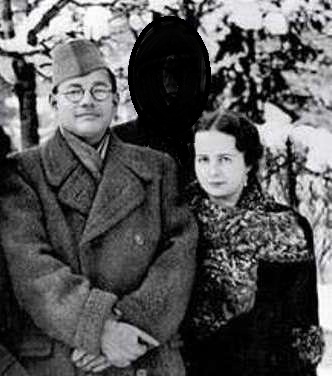 |
| Children | Son- None Daughter- Anita Bose Pfaff (Austrian economist) 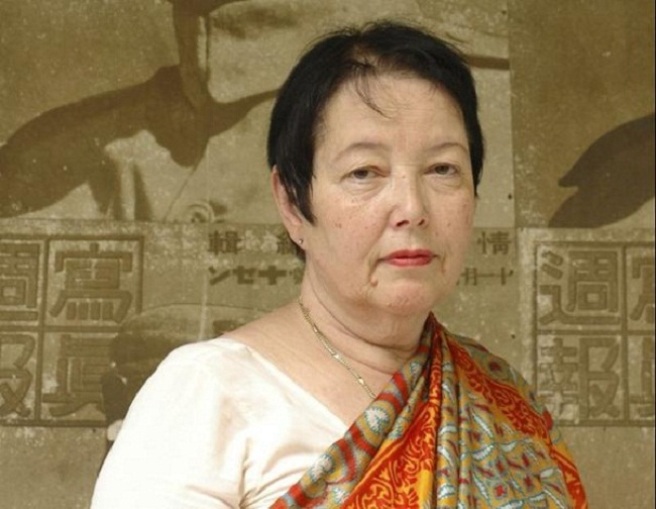 |
| Parents | Father- Janakinath Bose (deceased in 1934; lawyer)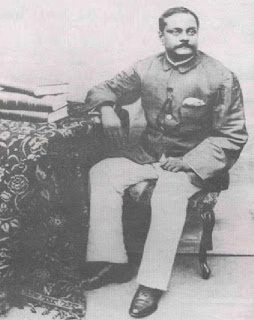 Mother- Prabhabati Bose (deceased in 1943; social activist, politican) 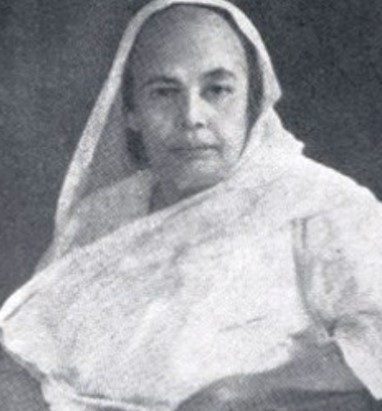 |
| Siblings | Brother(s)- 7 • Sunil Chandra Bose (1894 - 17 November 1953) (distinguished cardiologist) 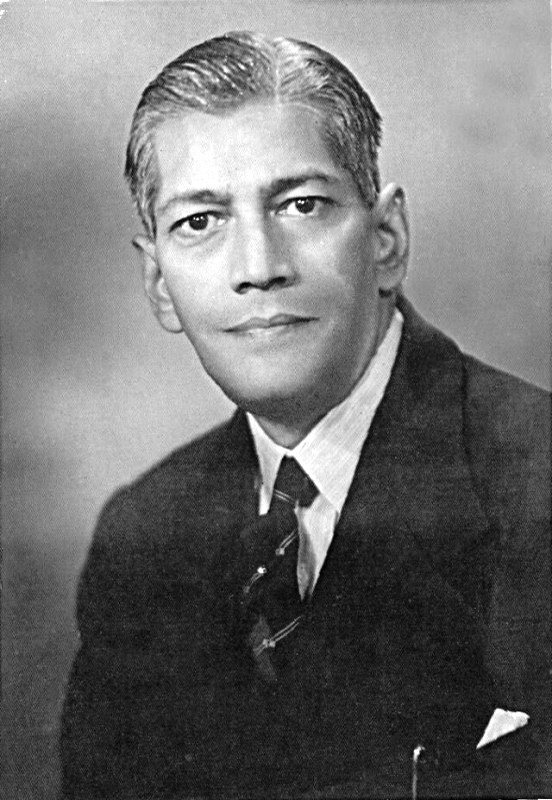 • Sarat Chandra Bose (6 September 1889 - 20 February 1950) (barrister, freedom fighter) 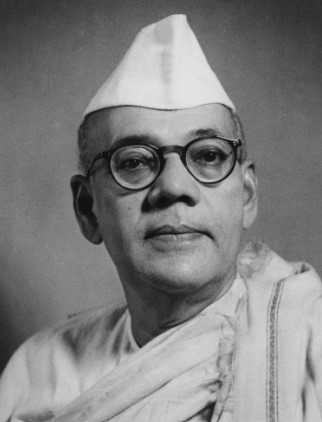 • Satish Chandra Bose (1887-1948) • Suresh Chandra Bose (1891-1972) (barrister) 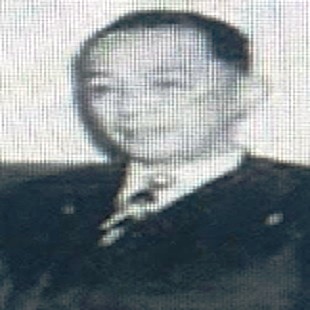 • Sudhir Chandra Bose (1892 - 10 February 1950) 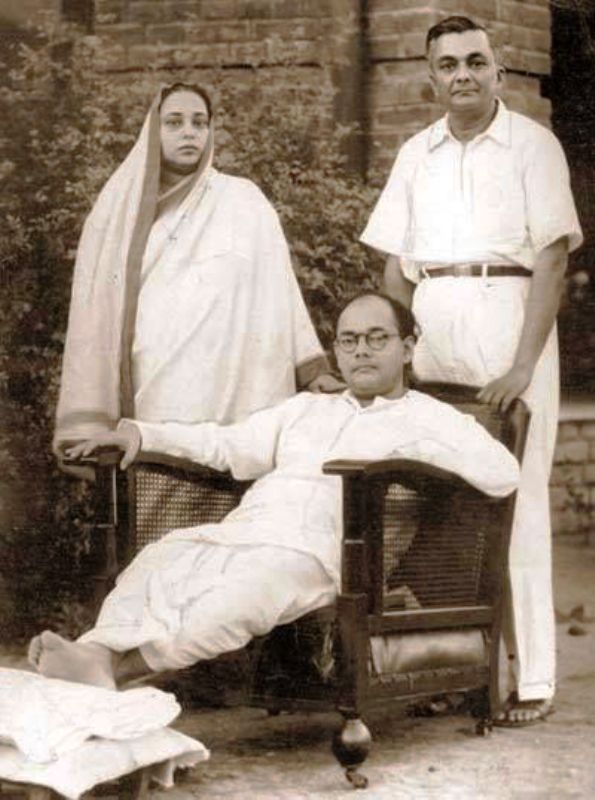 • Shailesh Chandra Bose (1904-1984) • Santosh Chandra Bose (deceased) Sister(s)- 6 • Tarubala Roy • Malina Dutta • Pratibha Mitra • Kanaklata Mitra • Pramilabala Mitra • Saralabala Dey  |
| Other Relatives | Son-in-law- Martin Pfaff (German economist, politician of the Social Democratic Party of Germany, former member of the Bundestag)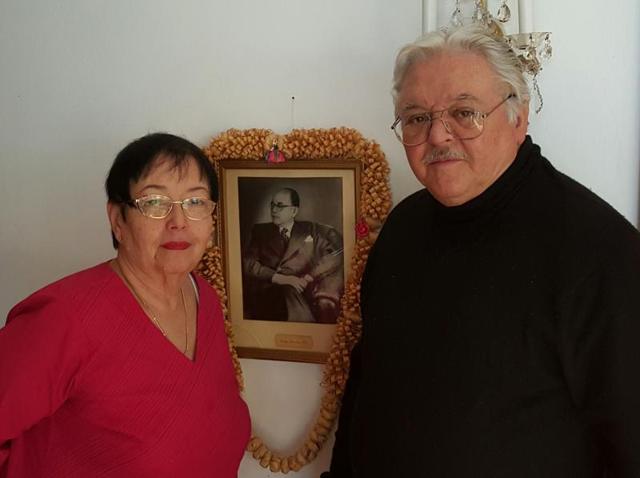 Nephew(s)- 2 • Amiya Nath Bose (20 November 1915 - 27 January 1996) (politician, member of the parliament) 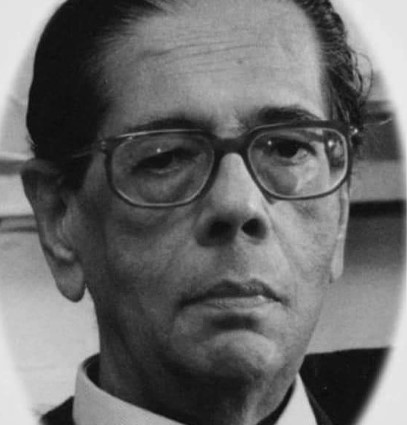 • Sisir Kumar Bose (2 February 1920 - 30 September 2000) (freedom fighter, pediatrician, politician) 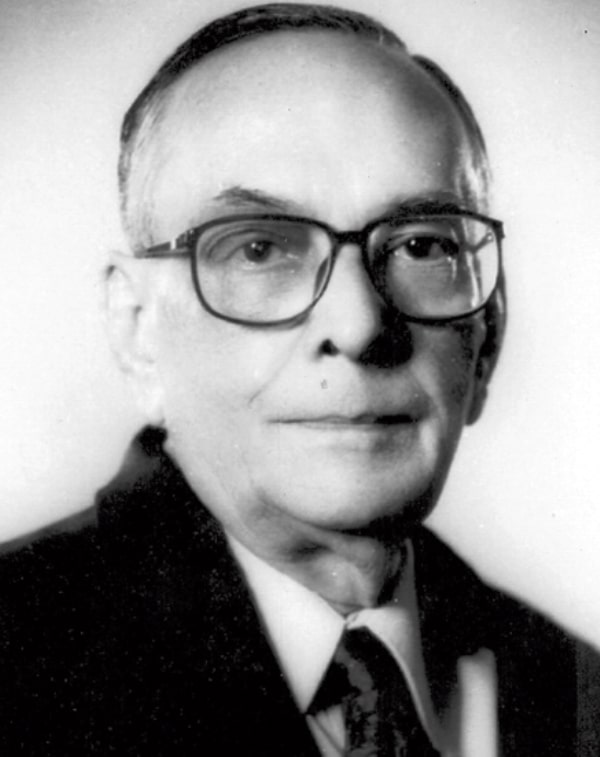 Grandnephew(s)- 2 • Sugata Bose (historian, politician, teacher, author of His Majesty's Opponent) 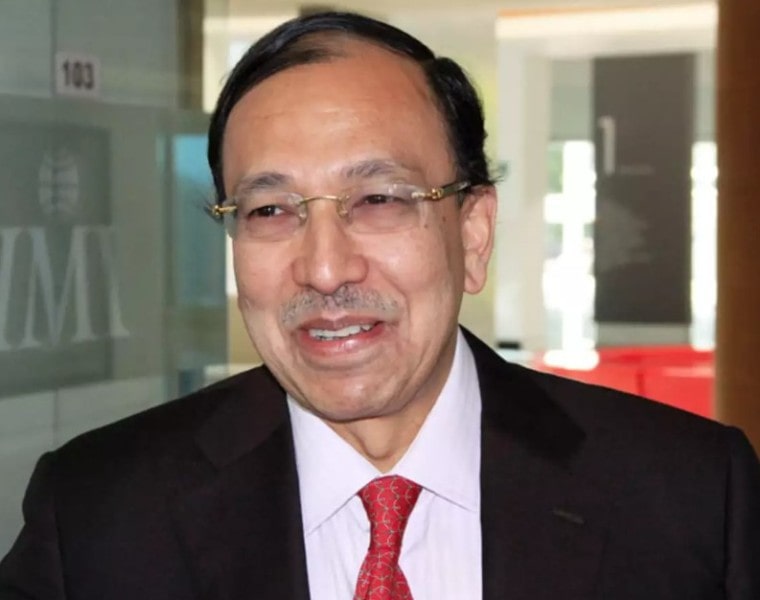 • Chandra Kumar Bose (politician) Grandniece- Madhuri Bose (author) 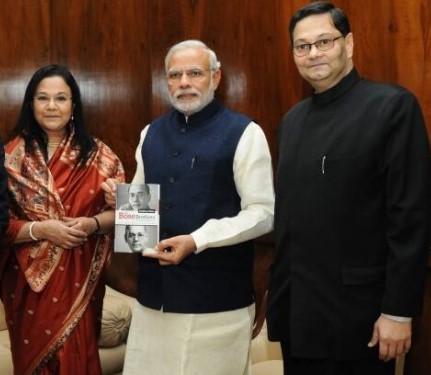 Maternal Grandson(s)- 2 • Amit Mitra (economist, politician, Special Advisor to Chief Minister of West Bengal on Finance) (maternal grandson of Netaji's elder brother Suresh Chandra Bose) 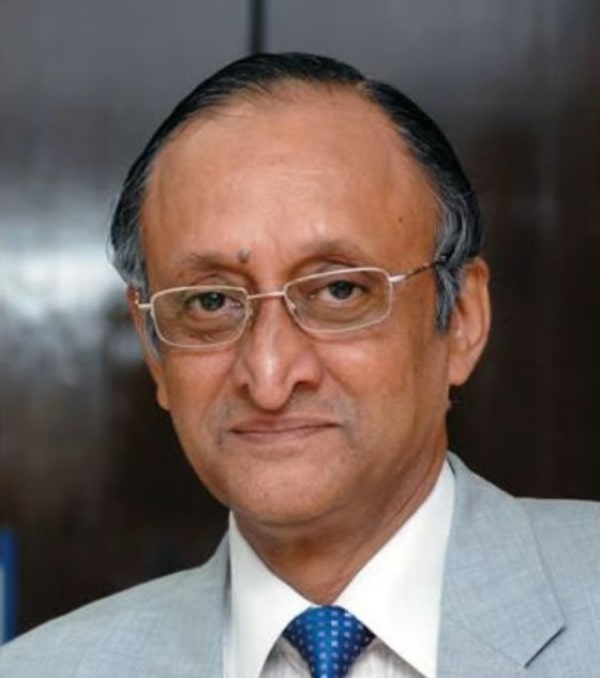 • Peter Arun Pfaff (journalist, documentary filmmaker, theatre artist) (son of Bose's daughter)  |
| Family Tree | 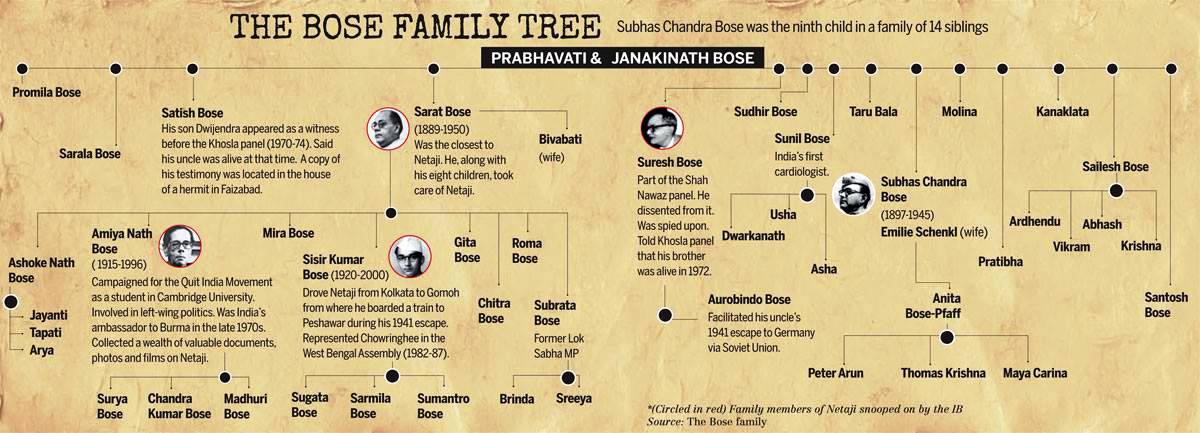 |
| Favourites | |
| Food Joint | Lakshmi Narayan Shaw & Sons, Calcutta |
| Cuisine | Bengali |
| Beverage | Tea |
| Sweet | Sandesh, Rasgulla, Chamcham |
| Food | Daal-Bhaat (Dal and rice), Poori, Curd |
| Sea Food | Fish |
Some Lesser Known Facts About Subhas Chandra Bose
- Bose hailed from a very prominent and wealthy family living in Cuttack. He was born in the Janakinath Bhawan.
- Subhas Chandra Bose was born as the 9th child in a family of 14 children.
- The house, where Bose spent his youth days was turned into a museum by the Government of India after independence.
- According to sources, Bose’s father wanted his children to get better employment opportunities in British India. Therefore, he decided to enrol Bose and his brothers at the Baptist Mission’s Protestant European School in Cuttack in 1902, as it followed the British syllabus and contained nothing related to India.
- He preferred spending time gardening to playing sports when he was in school.
- Subhas’ inclination towards following Hindu tradition began after he started reading about Hindu scriptures in Sanskrit after joining the Ravenshaw Collegiate School in Cuttack.
- While studying in school, he started displaying his nationalistic views. He used to pen letters to his mother containing ideas and teachings of Ramakrishna Paramahamsa, Swami Vivekananda, and Bankim Chandra Chatterjee.
- In his class 10th exams, Bose secured the second position.
- Subhas Chandra Bose excelled in his studies as a result of which he was awarded a scholarship in classes 11th and 12th.
- He came into contact with the well-known Bengali freedom fighter Hemanta Kumar Sarkar at the Presidency College in Calcutta (now Kolkata).
- In 1914, without informing their parents, Hemanta and Subhas travelled to North India seeking spiritual guidance.
- Reportedly, after Bose came back to his house, his father expressed his disappointment over Bose’s decision to leave the house. This led to a strain in their relationship which his brother calmed after he returned to India from the UK after completing law.
- In 1916, Bose’s enrolment at the Presidency College was revoked after he was accused of physically assaulting a Professor named E. F. Oaten for allegedly making racist comments and speaking against the Indian culture and beliefs.
- Bose not only had his admission in the college cancelled but also got banned from studying at the University of Calcutta.
- Since Bose came from an affluent family, his father tried to pressurise the VC of Calcutta University to revoke the suspension; however, he did not succeed.
- In 1917, the governing body of the University allowed Bose to continue his studies in colleges other than the Presidency College.
- He then joined the Scottish Church College in Calcutta, where he graduated with honours. He was placed second in the University of Calcutta in Philosophy.
- After completing his graduation with honours in 1919, Bose attended Cambridge University on the Rajendra Prasad scholarship.
- While studying there, Bose wrote many letters to his friends and family members, expressing his resentment of the Western scholars who wrote against and humiliated Indian history, ideologies, and traditions.
- In 1920, he sat for the Indian Civil Services Examination but failed to pass it on the first attempt.
- In 1921, he once again took the exams. He was initially confident in clearing the exams; however, he later started having doubts about his ability to clear the exams. In his letter to his father, he exclaimed,
But for a man of my temperament who has been feeding on ideas that might be called eccentric—the line of least resistance is not the best line to follow … The uncertainties of life are not appalling to one who has not, at heart, worldly ambitions. Moreover, it is not possible to serve one’s country in the best and fullest manner if one is chained on to the civil service.”
- Bose managed to clear the examination on his second attempt. In it, he held the 4th rank out of the six candidates.
- He, however, resigned from the position in April 1921 as he did not want to work for the British Government. He penned a letter to Edwin Montagu, the Secretary of State for India, seeking withdrawal from the service.
- Bose did not do well in his BA studies at Cambridge as he received a third-class division in his final exams.
- After resigning, Bose returned to India from the UK, where he was introduced to the Indian National Congress (INC) by his close friend Chittaranjan Das.
- It is claimed that he nominated a fellow Indian to receive his degree from Cambridge University.
- After arriving in India, Bose went to Bombay (now Mumbai), where he met Mahatma Gandhi.
- He reportedly expressed his dissatisfaction with how Gandhi was leading the freedom struggle as he did not agree with the use of non-violent methods of attaining freedom. This led to a difference of opinion.
- Subhas Chandra Bose used to smoke tobacco.
- Bose was known to never have consumed alcohol.
- In 1922, he started the newspaper called ‘Swaraj’ through which he publicised the views of the Bengal Provincial Congress Committee. C. R. Das also made him the editor of a newspaper named ‘Forward.’
- In 1924, following the election of Das as the Mayor of Calcutta, Bose became the CEO of Calcutta Municipal Corporation.
- Bose, along with Maghfoor Ahmad Ajazi, a freedom fighter, was imprisoned for leading a protest march against the British Raj in Calcutta in the same year.
- He was sent to jail in 1925 at Mandalay in British Burma, where he contracted tuberculosis. He was imprisoned under the 1924 Bengal Ordinance. Bose was deported to Burma as the authorities suspected him of playing a part in many political movements in India.
- Bose was released from prison in 1927 due to his deteriorating health because of TB.
- In 1928, during the general meeting of the INC at Kolkata, Bose announced the formation of a uniformed force called the Bengal Volunteers Corps. The corps consisted of volunteers from different parts of Bengal. This move was criticised by many INC politicians, including Mahatma Gandhi, who called it a “circus.”
- Reportedly, Bose had uniforms stitched for over 2000 volunteers and himself from the British Army tailors. He also asked the volunteers to address him as the General Officer Commanding (GOC).
- He later organised a march of the volunteers in Calcutta, which was widely reported in the British Indian newspapers.
- In 1928, Motilal Nehru came up with the Nehru Report in which he recommended that India should settle with the dominion status (forming a government under the British Raj). However, Bose and Jawaharlal Nehru rejected it in favour of total independence.
- Bose contested the Mayoral election in Calcutta and emerged victorious in 1930.
- In the same year, Bose declared that an Independence League, a political organisation, would be formed.
- He was taken into custody for participating in the civil disobedience movement, organized by the INC after the 1929 Lahore Congress.
- Bose was released from prison in 1931 following the declaration of the Gandhi-Irwin pact. However, he was unhappy with the pact as it led to the demolition of the civil disobedience movement. He reportedly gave an interview to a journalist and said,
Gandhi is an old useless piece of furniture. He has done good service in his time, but he is an obstacle now.” [5]Deccan Herald
- Bose went to Italy in 1935. There, he met the Italian dictator Benito Mussolini to gather his support for India’s movement for independence. Reportedly, Bose went to Italy to present a copy of his book to him.
- Bose spent some time in Italy, where he researched the fascist revolution that took place there. Bose extensively wrote about the revolution in the first part of his book The Indian Struggle, which was published by a London-based publisher in 1935.
- Despite being published in London, the British authorities banned the sale of the book in the UK and India out of fear of creating unrest in India.
- Bose sailed back to India from Europe in 1937.
- Upon landing in India, the British police took him into custody. He, however, was released in the same year following the win of the INC in the provincial elections.
- Subhas Chandra Bose proposed a total reorganisation of the Congress in 1938. He said that the party should not only have the goal of getting freedom but also the goal of establishing socialism in India.
- He was a trained equestrian.
- As per sources, Bose’s inclination towards socialism increased manifold after he visited London, where he spoke to the politicians of the British Labour Party. He believed that after independence, India should have a socialist form of governance for at least 20 years. In a letter written to a close associate, Bose said,
During the 19th Century, Germany made the most remarkable gift through her Marxian philosophy. During the 20th century, Russia had enriched the culture and civilisation of the world through her achievement in proletarian revolution … The next remarkable contribution to the culture and the civilisation of the world, India will be called upon to make.”
- The British authorities did not allow Bose to meet Mustafa Kemal Atatürk, the founder of modern-day Turkey, due to political reasons in the late 1930s. Bose wanted India to follow his methods of governance.
- In 1933, Bose went to Vienna, Poland, to seek treatment for an ailment. However, some sources claim that he had gone to Poland to meet with certain high-ranking Nazi politicians to seek their support for forming an army.
- Emilie Schenkl was introduced to Bose through a mutual friend, Dr. Mathur, an Indian physician living in Vienna. Bose later appointed her to typewrite his book. Soon, they fell in love and secretly got married without any witnesses in 1937. According to his daughter, Emilie Schenkl was a very private woman and never spoke much about her relationship with Subhas.
- In October 1938, after getting elected as the President at the Haripura Congress Session in Gujarat, Bose called for establishing a planning commission.
- Bose got elected as the President for the second time during the Tripuri Congress session in 1939 after defeating Bhogaraju Pattabhi Sitaramayya, whose candidature Gandhi supported.
- According to sources, Gandhi voiced his opinion against Bose’s candidature for the Presidency because of his extremist views as Bose often asked INC workers to resort to violence against the government. In a letter penned to Sardar Vallabhbhai Patel, Gandhi reportedly said,
I have observed that Subhas is not all dependable.” [6]Deccan Herald
- Soon, the Tripuri Congress was divided into two factions. One, that supported Bose’s leftist ideologies, and the other, that stood against his presidency due to his ideologies.
- Bose left the Congress on 29 April 1939. He reportedly resigned as the conflicts between him and Mahatma Gandhi increased, leading to a divide in the Congress. Dr Rajendra Prasad succeeded him as the President of the Congress.
- After establishing the All India Forward Bloc, Bose founded the women’s wing, youth wing, and student’s wing named All India Students Bloc, All India Youth League, and All India Agragami Mahila Samiti respectively.
- In August 1939, Bose founded a newspaper named Forward Bloc through which he sought support of the Indians for his party.
- It is said that Bose did not support bringing Jewish refugees to India from Europe because of being persecuted in Nazi Germany. He stood against the INC’s resolve for the same. The reason behind Bose’s stand was that he believed that the Jews helped the Britishers to take over India. [7]The Forward However, many sources have also claimed that Bose hated Nazis for their actions against the Jewish community in Europe. [8]Firstpost
- In the same year, after Second World War began, Bose organised a civil disobedience movement against the decision of Britain to involve India in the war with Imperial Japan in South East Asia and Nazi Germany in Europe without consulting with key Indian political figures.
- Bose sent a secret letter to the Soviet dictator Joseph Stalin while in house arrest, seeking his assistance. The letter was delivered to the Soviet agents in India by his niece Amiya Bose.
- In 1940, he initiated the Anti-compromise Conference at Ramgarh in Bihar. The movement began at a time when Congress started its Individual Satyagraha in Dhamtari, Chattisgarh.
- In the same year, Bose led an agitation in Calcutta seeking the removal of the Holwell Monument, a monument constructed by Governor of Bengal G. Holwell for the British troops killed in the battle to take over Bengal’s control from Siraj ud-Daulah.
- He reportedly did so to gather Muslim support for his independence struggle. During the agitation, Bose destroyed the monument, which led to his arrest.
- He was later put on house arrest after he went on an indefinite hunger strike in the prison, which led to a deterioration of his health. The British authorities later agreed to release him from jail as his death in prison would have led to an uproar in India, which could have caused problems for the British authorities.
- After returning home, Bose began preparing to escape from British India to seek help for India’s freedom struggle. For this, he grew a beard to change his appearance. He also penned a letter to Mian Akbar Shah, a member of Bose’s All India Forward Bloc, asking him to come to Calcutta to help him escape the British authorities.
- In the early morning of 16 January 1941, Bose escaped from his Elgin Road House in Calcutta for Germany, along with his cousin Sishir Kumar Bose. He wore a long overcoat and broad pyjamas like a ‘Pathan’ to avoid being recognised. The car he used for his escape was a German-made Wanderer W24 Sedan car (Reg. No. BLA 7169), now on display at his Elgin Road House, Kolkata.
- As per sources, Shishir drove Bose to Dhanbad from where he caught a train to Peshawar (now in Pakistan), where he met Mian Akbar Shah by disguising himself as a medical insurance agent named Ziaudddin.
- Thereafter, the duo travelled to Afghanistan. He started wearing the traditional dress worn by the Pashtos (the local inhabitants of Afghanistan). Since Bose did not know how to converse in Pashto, he pretended to be deaf and dumb.
- In Afghanistan, Bose received aid from Bhagat Ram Talwar, a spy of the Soviet Union, and Aga Khan III’s supporters.
- With the assistance of Bhagat Ram, Bose met the Italian high commissioner, who assisted Bose in obtaining an Italian passport and granting a safe passage.
- After Italy, Bose went to Russia, where he tried seeking help from the Soviet government. However, after the Russians denied any help to him, he visited the German Ambassador to the USSR.
- The German Ambassador to Afghanistan put Bose in contact with the Italian High Commissioner, who arranged an Italian passport for him.
- After reaching Rome, Bose went to Soviet Russia from where he took a journey to Germany via Austria, which was annexed by Germany in 1939.
- After Bose reached Berlin on 2 April 1941, he was given a villa, where he stayed with his wife Emilie Schenkl.
- Bose worked with Nazi Germany’s Section for Indian Affairs, also known as the Special Bureau for India, led by Adam von Trott zu Solz, who was arrested in 1944 on the charges of attempting to assassinate Adolf Hitler.
- Bose, despite writing many articles against the Nazi regime, sought Germany’s help because he believed the Axis powers would win the war, which would lead to India’s independence.
- Bose once criticized Hitler’s Mein Kampf book in which he wrote that the Indians belonged to the inferior race.
- In 1941, Bose managed to persuade the German government to allow him to raise the Free India Legion; it initially comprised Indian students residing in Germany.
- The legion later encompassed Indian prisoners of war who were in camps across Germany. Initially, the legion fought under the command of the German Army, but it was later transferred under Waffen-SS.
- Reportedly, many prisoners refused to join the legion.
- In 1942, he established the Azad Hind Radio, funded by the Nazis, through which he regularly addressed the Indians living in different parts of the world. His programs took place in various languages, such as English, Gujarati, Marathi, Bengali, Pashto, Tamil, Persian, and Telugu.
- The first program was aired on 7 January 1942.
- On 19 February 1942, Bose founded the Free India Center in Berlin.
- In the same year, Gandhi gave Bose the title of Prince among the Patriots.
- Thereafter, Bose met Heinrich Himmler, the second-most important position holder in the Nazi government. Through him, Bose expressed his desire to meet Adolf Hitler.
- On 4 May 1942, Bose travelled to Italy, where he met Musolini and his foreign minister Count Galeazzo Ciano in Rome. There, the Italian fascist regime pledged its support for Indian independence from Britain.
- In the same year, Bose published the second part of his book, The Indian Struggle.
- On 29 May 1942, Bose went to the Reich Chancellory in Berlin, where he met Adolf for the first time. In the meeting, Bose reportedly misunderstood Hitler’s question regarding his plans if Germany did not help him and asked his interpreter to respond “Please tell His Excellency that I have been in politics all my life and that I do not need advice from anyone.”
- He met Hitler for the last time on 15 July 1942 at his bunker known as the Wolf’s Lair in German-occupied Poland.
- Despite his attempts to gather Nazi support for his cause, Bose did not receive help because of Operation Barbarossa, under which Germany invaded USSR in 1941.
- To seek assistance, Bose left Germany for Japan on 8 February 1943.
- Subhas Chandra Bose reached Imperial Japan on 11 May 1943 through a German U-boat (a submarine).
- Netaji’s daughter, Anita Bose Pfaff, was only four months old when Bose left her with his mother and moved to Southeast Asia in 1943. After Bose left, Emilie Schenkl became the only breadwinner in the family. Anita was not given her father’s last name at birth; she grew up with the name Anita Schenkl.
- After reaching Japan, Bose was taken to the Shuri Castle, where he met General Hideki Tojo, the leader of the Imperial Japanese Military.
- With Imperial Japanese assistance, he re-organised and later led the Azad Hind Fauj or Indian National Army (INA), formed with Indian prisoners of war and plantation workers from British Malaya, Singapore, and other parts of Southeast Asia, against the British forces.
- The INA was placed under the command of the Imperial Japanese Army, which trained the soldiers at their training institutes.
- Bose was simultaneously handed over the command of the Indian Independence League, a political organisation established by expatriated Indians living in Japan.
- Bose named the regiments of the INA after Gandhi, Nehru, Chandrashekhar Azad, and Rani of Jhansi. The Rani of Jhansi Regiment was an all-female volunteer regiment, headed by Captain Lakshmi Sahgal. It was the first such regiment to be established in Asia.
- On 21 October 1943, Bose formed a provisional government in Singapore. The government had its laws and postage stamps. It was recognised by nine countries, including Germany, Japan, the Italian Social Republic, the Independent State of Croatia, the Wang Jingwei regime in Nanjing, China, a provisional government of Burma, Manchukuo, and the Japanese-controlled Philippines.
- In 1943, Bose went to the Japanese-controlled Andaman and Nicobar Islands, where he hoisted the Indian tricolour. He appointed Lieutenant Colonel Arcot Doraiswamy Loganadan as its Governor-General.
- In the same year, Bose was invited to attend the Greater East Asia Conference in Tokyo as the Head of State of the Provisional Government of Azad Hind.
- The Indian National Army officially released a statement declaring war on the British Empire on 23 October 1943.
- In March 1944, Bose led the INA against the British forces in Manipur under Operation U-Go.
- According to the plan, the INA was to lead the invasion of India from the east; however, Japanese Field Marshal Hisaichi Terauchi was against this idea as he only wanted the INA for spying and propaganda purposes. Bose rejected Terauchi’s ideas. General Sugiyama, the then COAS, agreed with Bose and said that the INA would be given the position of an “ally” by Japan.
- In 1944, he went to Burma (now Myanmar), where he established an in-exile Indian government. He took over the post of the Prime Minister of India and kept the Department of Foreign Affairs with him.
- Bose travelled extensively to many countries, including the Philippines, Korea, and China, to gather support for India’s independence.
- Subhas was the first person to give the title of “Father of the Nation” to Mahatma Gandhi. He referred to him as Father of the Nation in a radio broadcast in 1944.
- On 5 April 1944, Netaji also established a bank named ‘Azad Hind Bank’, which issued denominations of 1, 10, 100, 1000, and 1 lakh. The bank funded INA’s operations. Indians living in various parts of the world donated approximately 63.7 kgs of gold. Later, the money and gold were deposited in the Reserve Bank of India (RBI).
- On 12 September 1944, Bose gave the famous slogan “Give me blood, and I shall give you freedom!” He also used to motivate his INA troops by often saying “Chalo Dilli.”
- The salutation “Jai Hind” used by the modern Indian Armed Forces was coined by Abid Hasan Safrani on the insistence of Netaji as he wanted the soldiers of the INA to exchange salutations with each other in an “Indian way.”
- The downfall of Subhas-led INA began after the British forces launched the Burma offensive against them. This led to many INA soldiers surrendering to the British forces while many were killed. Many INA regiments were disbanded due to a lack of soldiers.
- After Burma fell, the INA retreated to Bangkok. Due to a lack of motor vehicles, the INA had to march on foot. According to sources, Bose decided to walk with his army to Bangkok even though the Japanese had offered him a motor vehicle.
- The Azad Hind Radio continued functioning in secrecy in Europe till June 1945 even after the defeat of Nazi Germany in May 1945.
- After reaching Bangkok in August 1945, he relocated to Singapore, where the Azad Hind government was headquartered.
- According to sources, Bose wished to surrender to the British authorities with the INA. However, his cabinet ministry asked him not to surrender to the British. Bose wished to surrender because he believed that his trial and possible killing would lead to mass unrest in India, which might help India achieve its independence.
- In August 1945, after the US dropped atomic bombs on Japan, Bose sought shelter in the USSR. For this, he had sought to approach the Russian Army in China.
- On 18 August 1945, he boarded a Japanese bomber plane to reach China. However, the plane crashed due to a technical issue shortly after leaving the runway in Taiwan. In the crash, Bose suffered third-degree burns as his upper body caught fire because of being doused in fuel.
- On the same date, Bose was taken to a military hospital in Taihoku, where he passed away at night. In his book, Brothers Against the Raj: A Biography of Indian Nationalists Sarat and Subhas Chandra Bose, Leonard A. Gordon, who personally interviewed the staff of the military hospital, wrote,
A disinfectant, Rivamol [sic], was put over most of his body and then a white ointment was applied and he was bandaged over most of his body. Dr. Yoshimi gave Bose four injections of Vita Camphor and two of Digitamine for his weakened heart. These were given about every 30 minutes. Since his body had lost fluids quickly upon being burnt, he was also given Ringer solution intravenously. A third doctor, Dr. Ishii gave him a blood transfusion. An orderly, Kazuo Mitsui, an army private, was in the room and several nurses were also assisting. Bose still had a clear head which Dr. Yoshimi found remarkable for someone with such severe injuries.”
- According to the Japanese news agency Do Trzei, Bose’s body was cremated at the main Taihoku crematorium on 20 August 1945.
- On 23 August 1945, the Japanese news agency Do Trzei, announced the death of Bose and Shidea (one of his Japanese volunteers).
- Netaji’s ashes after his cremation were taken to Tokyo by Lieutenant Tatsuo Hayashida on 7 September 1945.
- On the morning of 8 September 1945, Hayashida gave Rama Murti, the President of the Tokyo Indian Independence League, Bose’s ashes.
- A memorial service was held on 14 September 1945 for Bose in Tokyo. A few days later, the priest of the Renkōji Temple of Nichiren Buddhism in Tokyo was given the ashes. He placed the ashes in the temple itself.
- The exact reason for his death has been a cause of debate since 1945. While some sources claim that he died of the injuries he sustained in the plane crash, some other sources claim that the Britishers killed him.
- Major General G. D. Bakshi, in his book “Bose: The Indian Samurai – Netaji and the INA Military Assessment,” claimed that Bose had not died in a plane crash during his escape from Japan to the USSR. Bose had made three radio broadcasts from Siberia and because of these broadcasts, Britishers became aware of Bose’s location. The Britishers then approached the Soviet authorities and demanded that they be allowed to interrogate Bose, to this, Soviet authorities accepted their demand and handed over Bose to them. During the interrogation, Bose was tortured to death.
- On 17 July 1948, Sarat Chandra Bose, Subhas’ brother, penned a letter to Emilie in which he told her that Bose was alive. In response, Emilie sent a letter to him on 27 July 1948.
- Mahatma Gandhi penned a letter to Rajkumari Dame Bibiji Amrit Kaur in the same year in which he wrote “Subhas Bose has died well. He was undoubtedly a patriot, though misguided.”
- After Bose passed away, the INA was left without a leader, which severely impacted their morale. While many were killed in battles with the British Indian Army, many surrendered. More than 300 INA officers, who were taken into custody, were tried at the Red Fort in New Delhi. Jawaharlal Nehru and Muhammad Ali Jinnah defended the officers.
- Many historians claim that the trial of the troops of Netaji’s INA was one of the reasons for the Royal Indian Navy (RIN) to mutiny against the British government.
- Bose took inspiration to fight against colonialism from the Bhagwat Geeta and by reading books by Swami Vivekananda.
- Sugata Bose claimed in his book, “The Call of The Motherland: Writings and Speeches,” that Netaji believed that in the future, many countries would adopt a “middle path” between fascism and communism. Bose also claimed that communism can not spread in India because it advocates for having no nationalistic values or religious set-up in a country. [9]ThePrint
- In 1964, the CIA published a report in which it claimed that there were strong possibilities of Bose being alive. The report also stated that Bose was possibly leading several anti-government factions against the Nehru-led Indian government. [10]The Economic Times The report read,
A search of our files indicates that there is no information available regarding the subject’s death that would shed any light on the reliability of the reports. There now exists a strong possibility that Bose is leading the rebellious group undermining the current Nehru government.”
- Various filmmakers have tried to paint the impression of Subhas Chandra Bose in films and documentaries. Some of the popular ones are Subhas Chandra (1966) by Chhotubhai Desai, Netaji Subhas Chandra Bose: The Forgotten Hero (2004) by Shyam Benegal, Bose: Dead/Alive (2017) by Ekta Kapoor, and Gumnaami (2019) by Srijit Mukherji.
- Several sources claim that Subhas survived the air crash in 1945 and escaped. After India’s independence, he came back to India, where he became a saint, who was later named ‘Gumnami Baba,’ and spent most of his lifetime in Faizabad in Uttar Pradesh with no public appearances.
- After Gumnami Baba passed away in 1985, several items related to Netaji were recovered from his iron trunk. This included a spectacle similar to the one owned by Netaji, a photo of his family, a Rolex pocket watch that Bose was known to have carried, and cuttings of news articles about Subhas.
- Many countries have released a report regarding Bose’s death. Some of these reports are – the Figgess Report (1946), the Shah Nawaz Committee (1956), the Khosla Commission (1970), the Mukherjee Commission (2005), and the Japanese government report (1956; declassified in September 2016).
- Sheikh Mujibur Rehman, the founding father of Bangladesh, drew inspiration from Netaji Subhas Chandra Bose’s struggle to lead an uprising against West Pakistan.
- In 2019, the Government of India decided to publish 303 classified files related to Netaji. The decision was taken after Prime Minister Narendra Modi met with his family members.
- According to his daughter, Anita, Bose followed Hinduism religiously, but he respected all other religions and wished India to become a country where all religions coincided with each other without hesitation.
- Netaji was a tea totaller and he used to drink around 20 cups of tea every day.
- Bose used to eat a banana after having a meal.
- Bose used to eat food with his soldiers in the INA. According to sources, he made a rule of not talking about politics or war while having food.
- Several renowned authors have published many books on Subhas Chandra Bose.
References/Sources:

